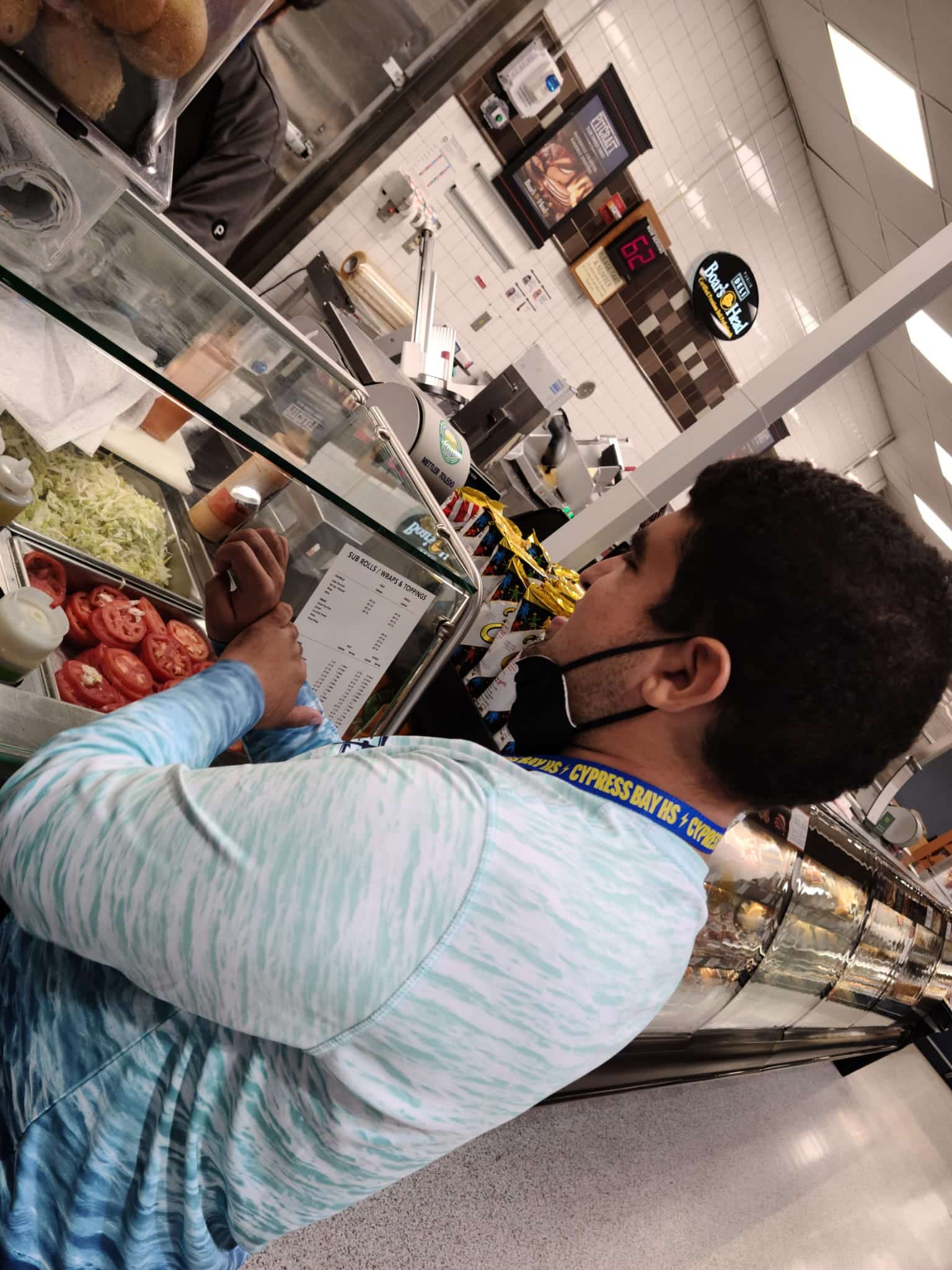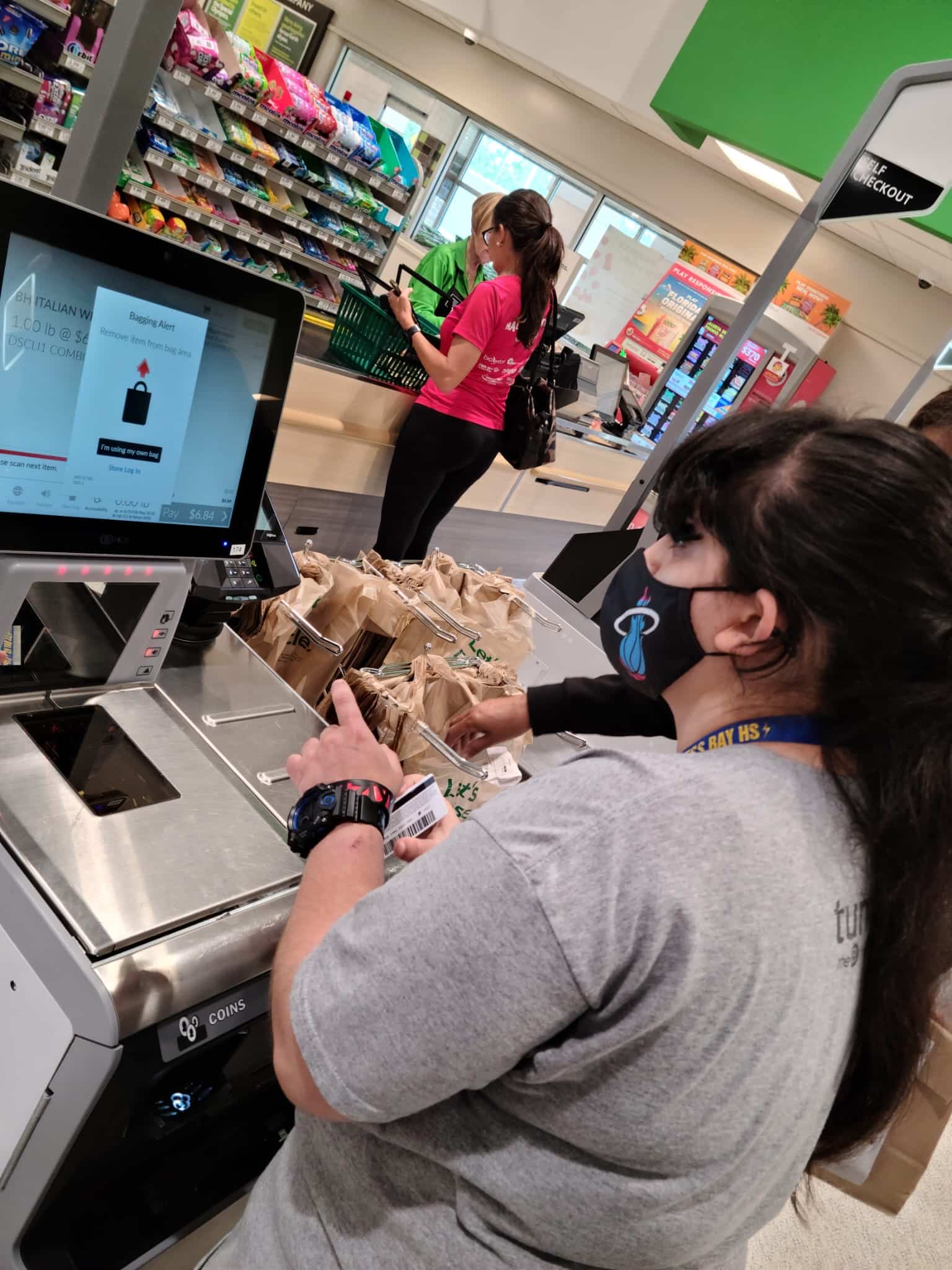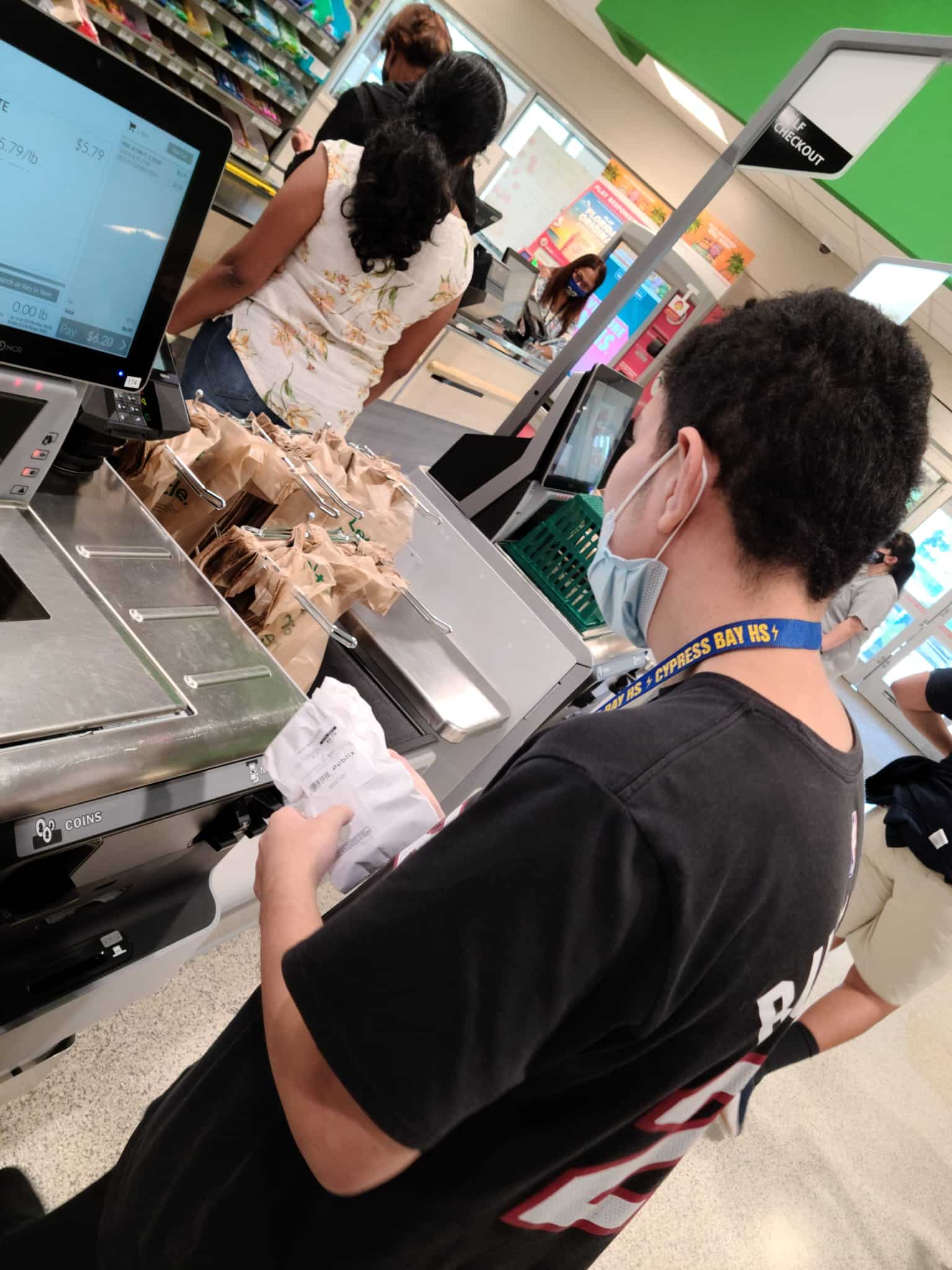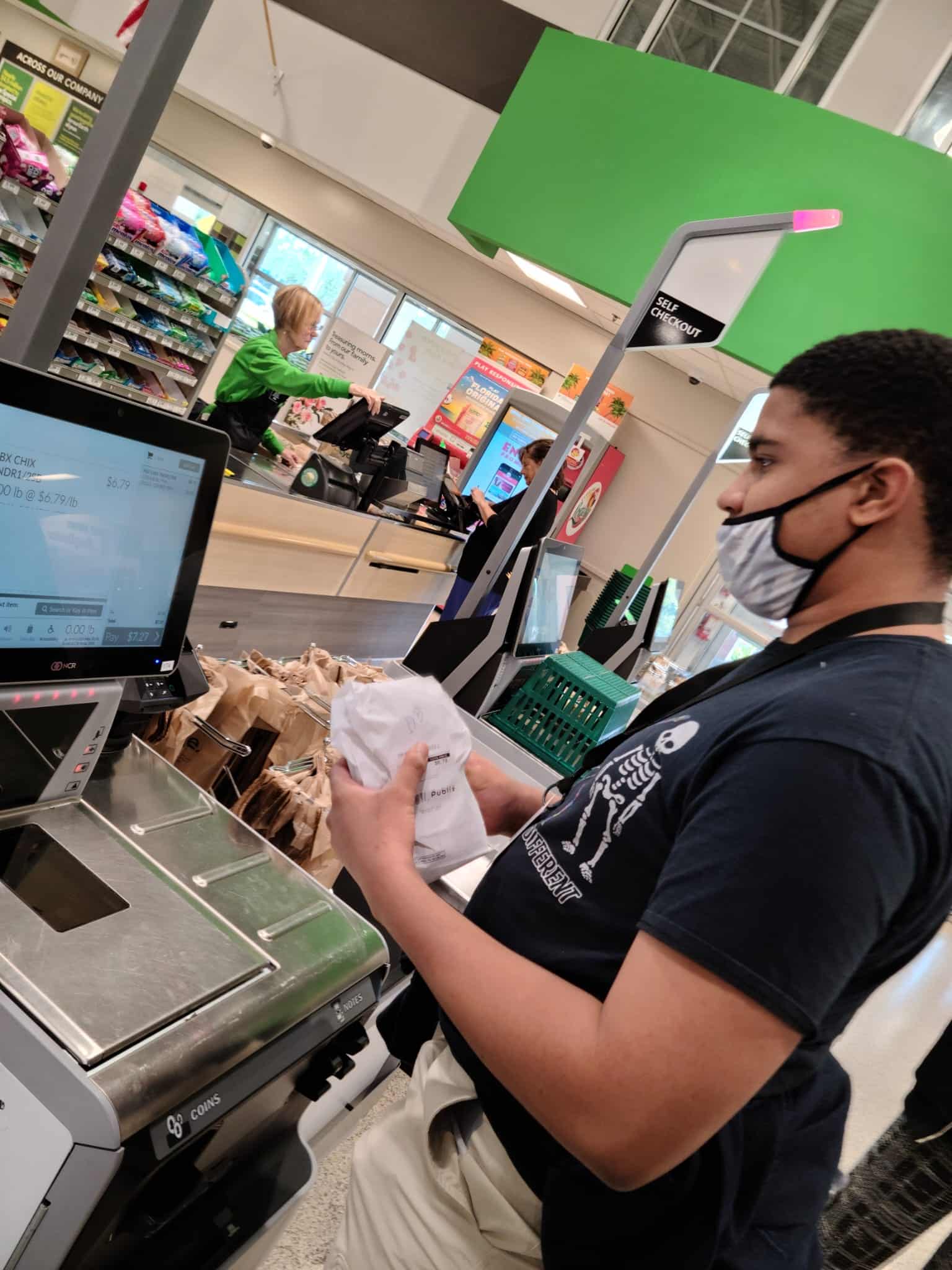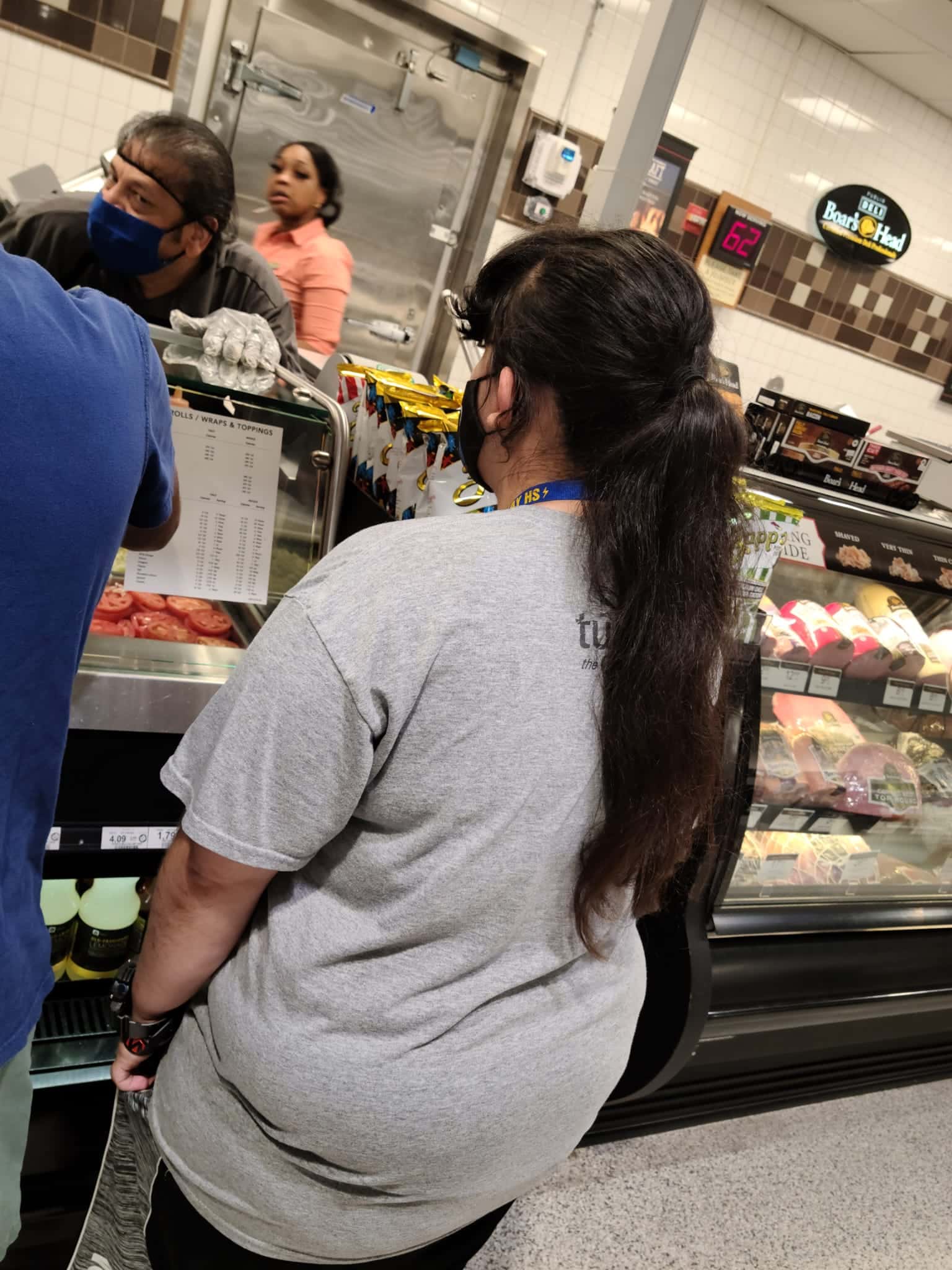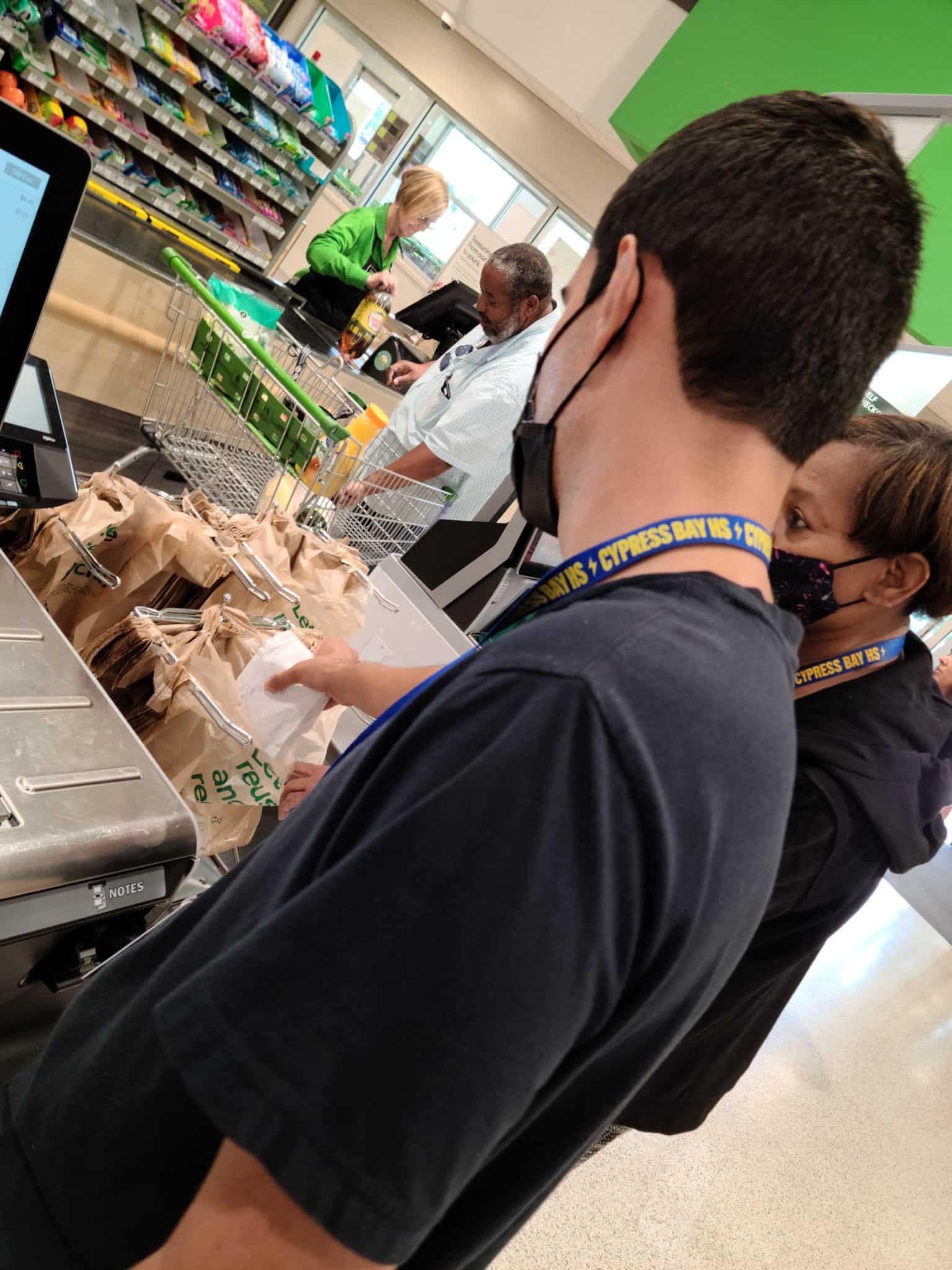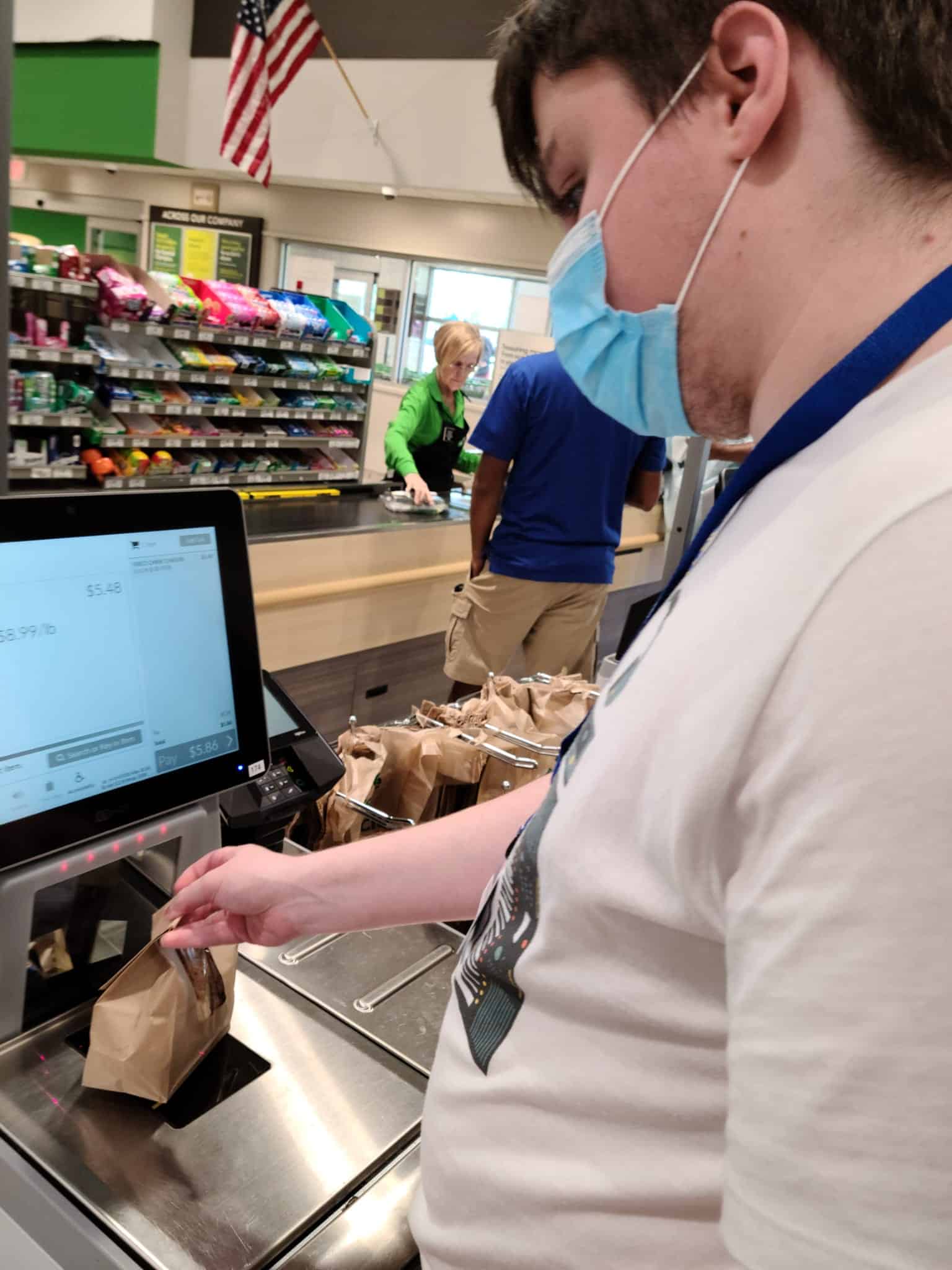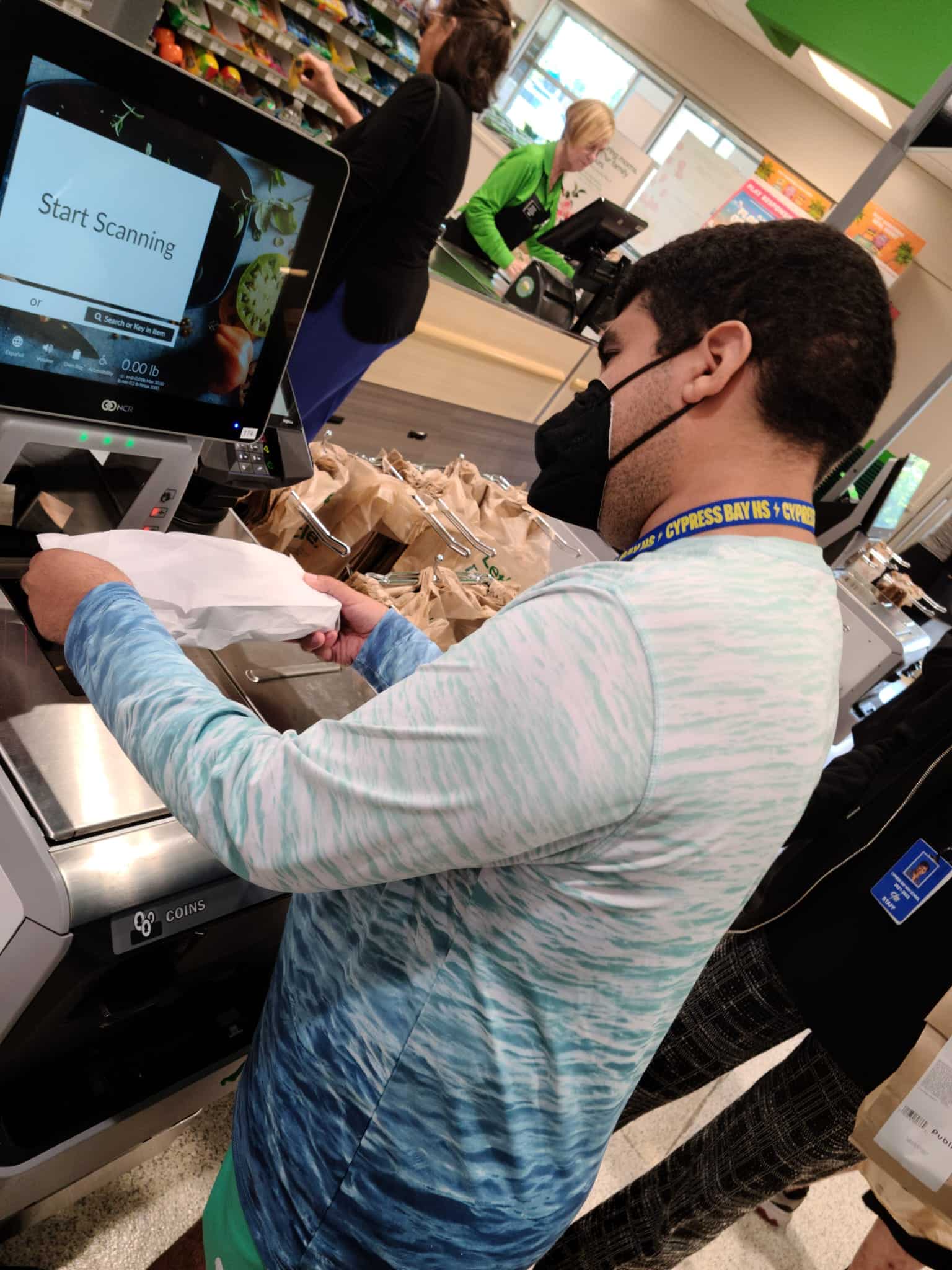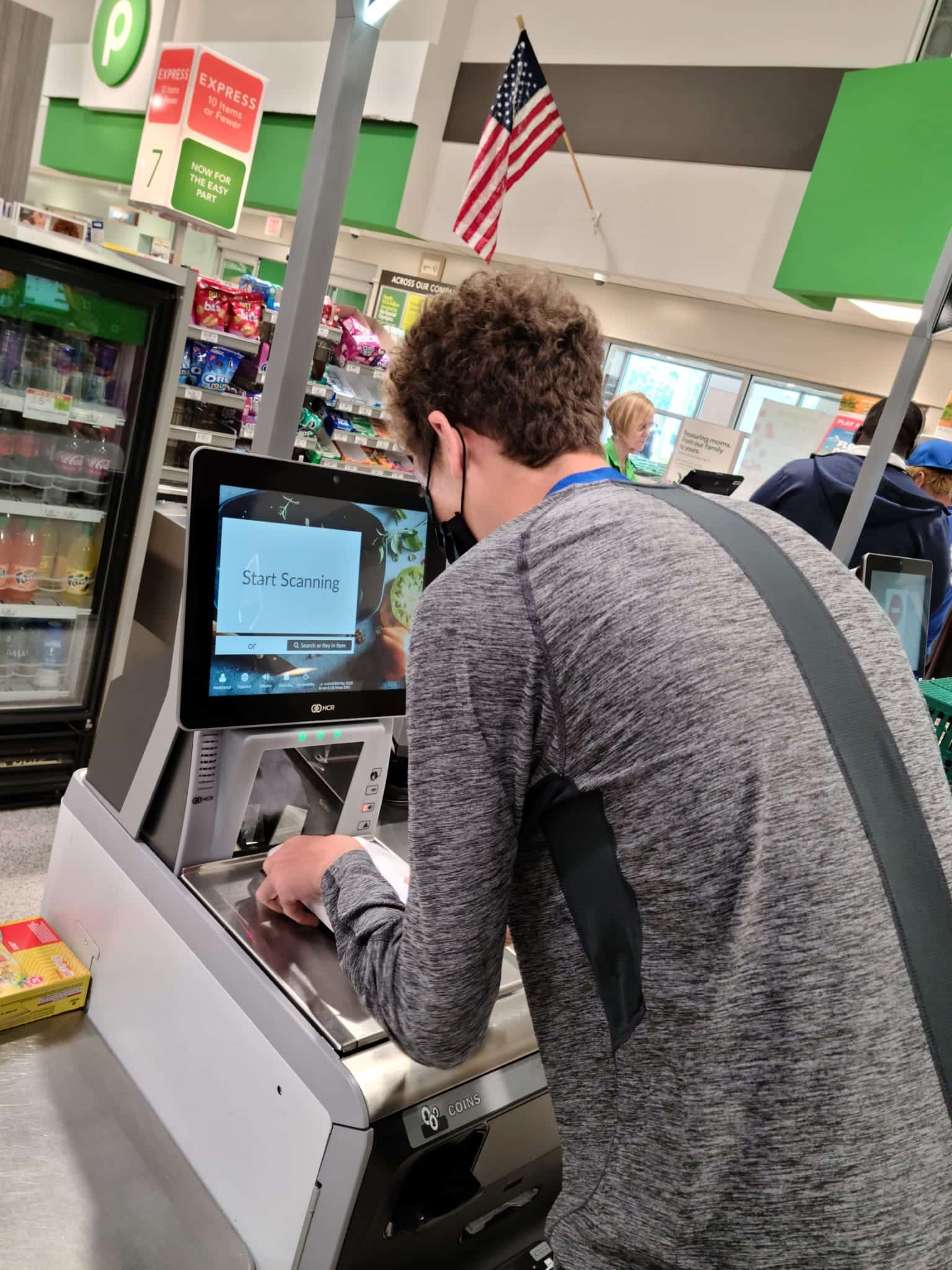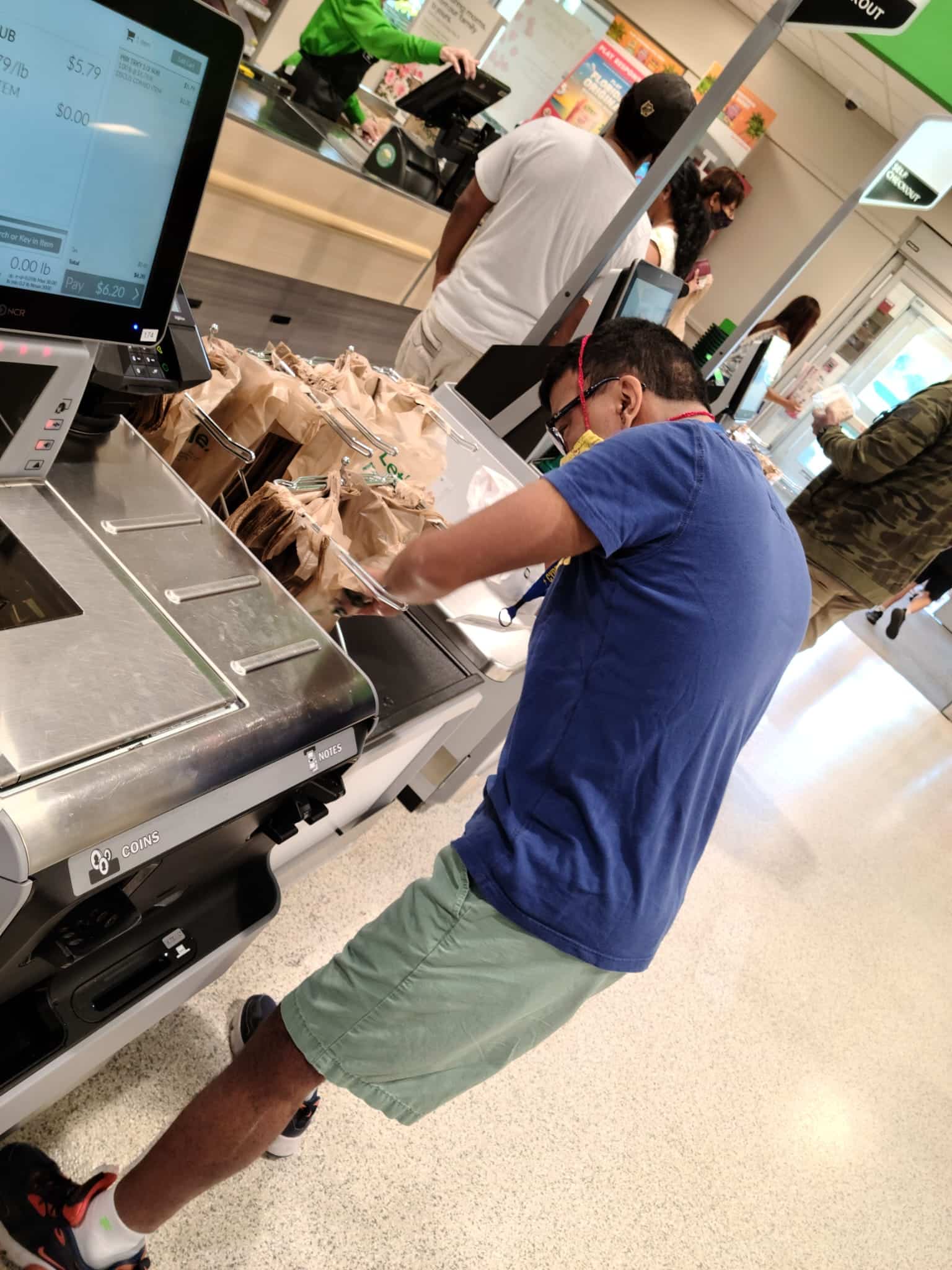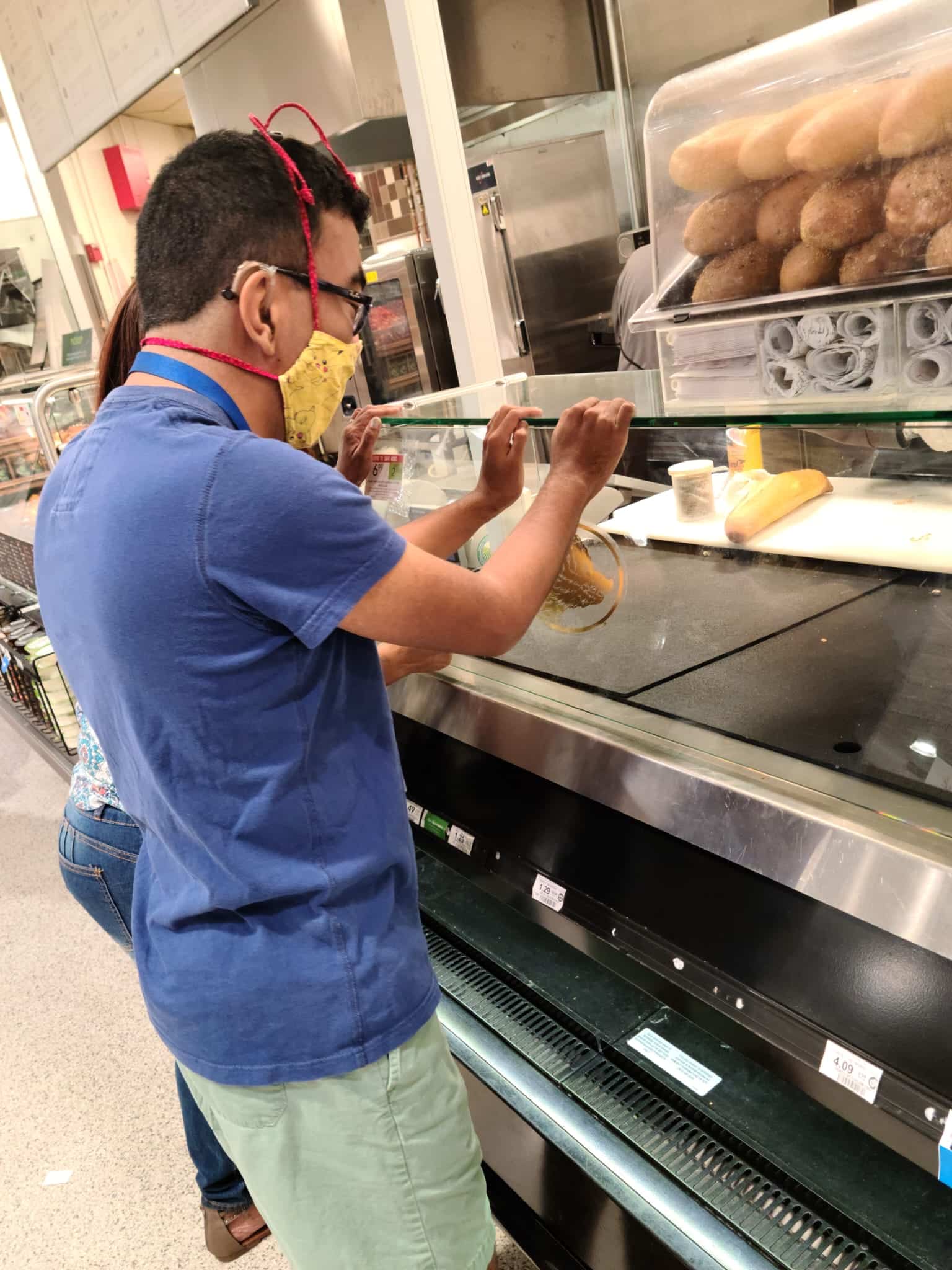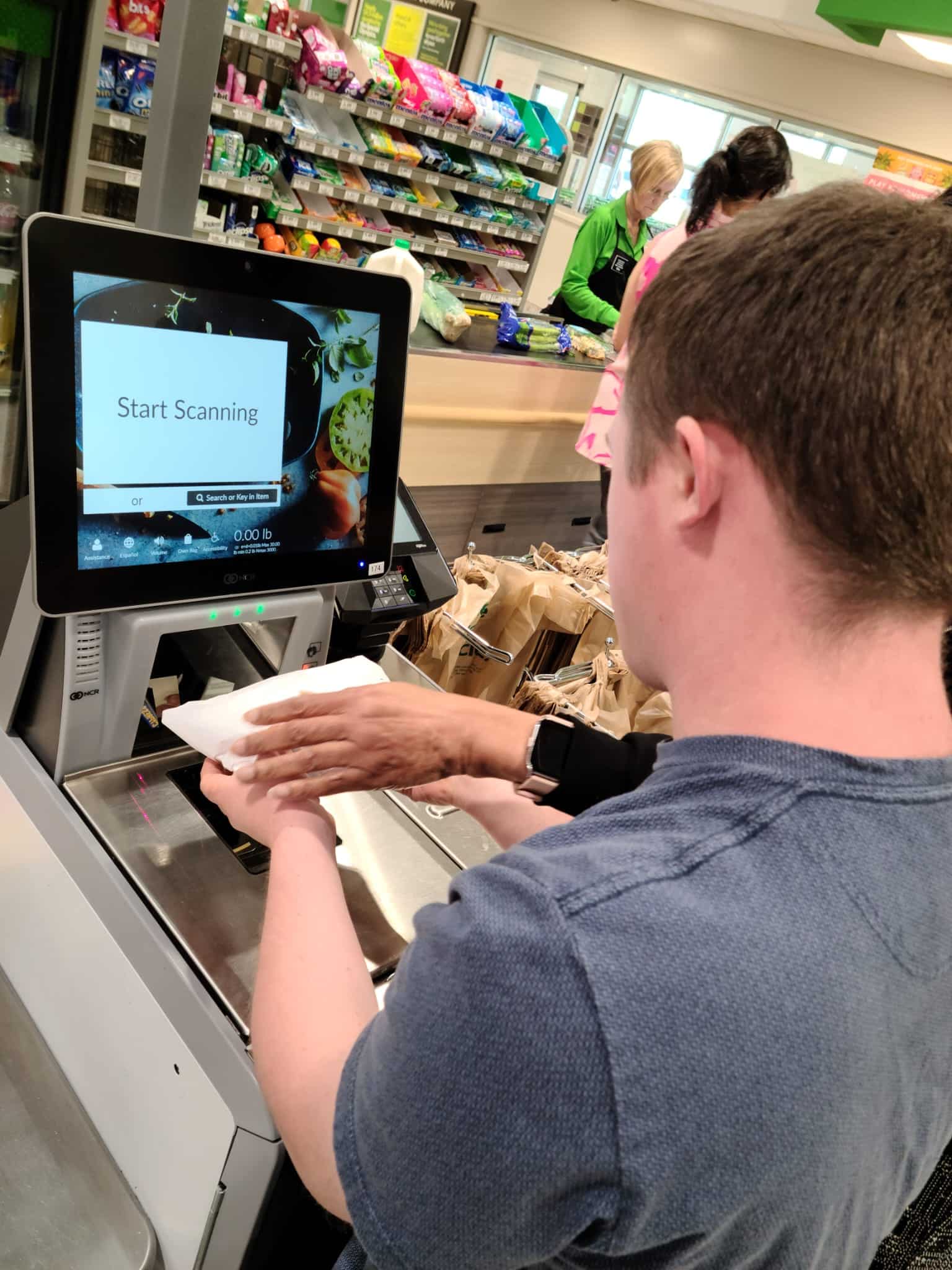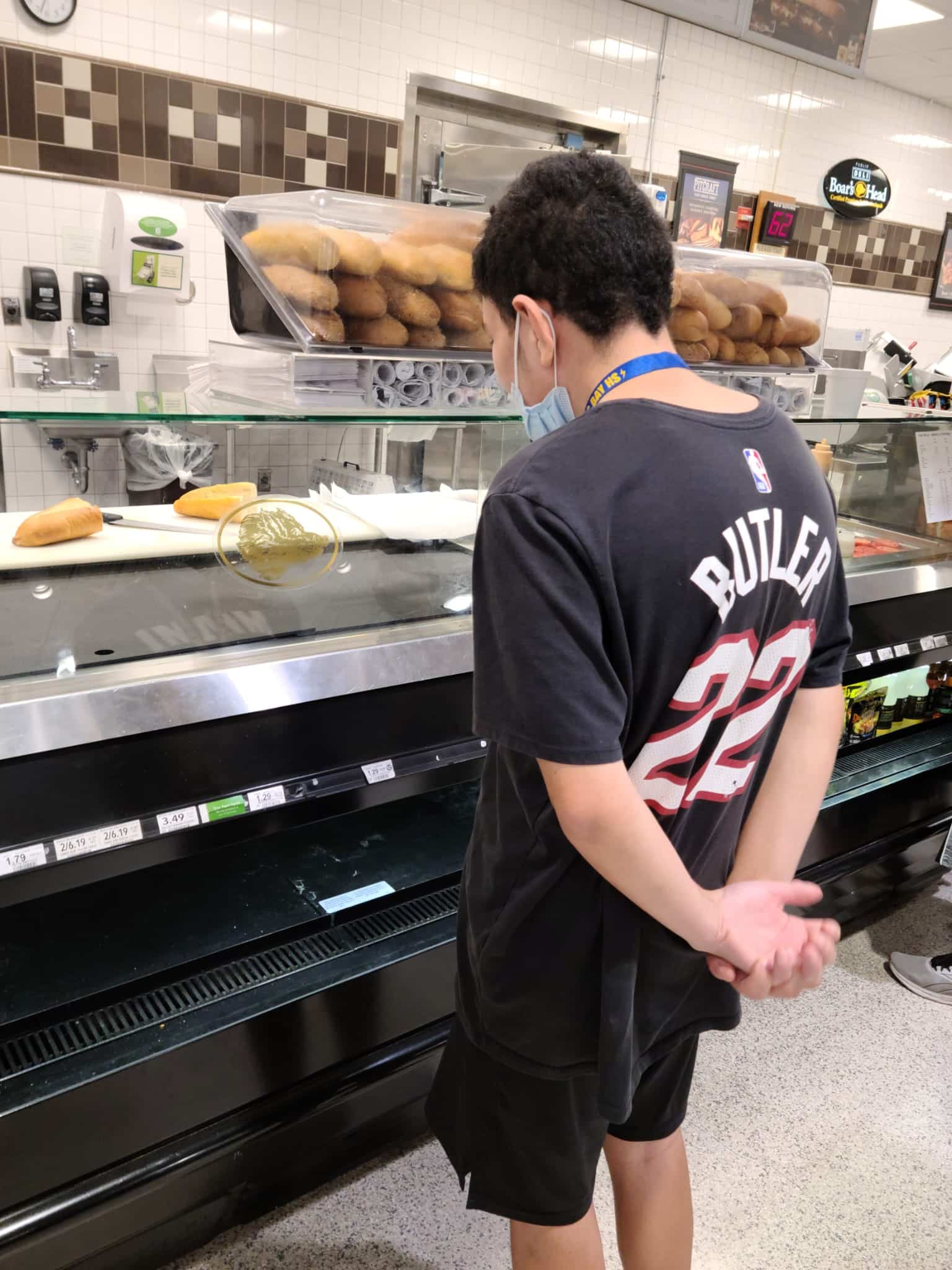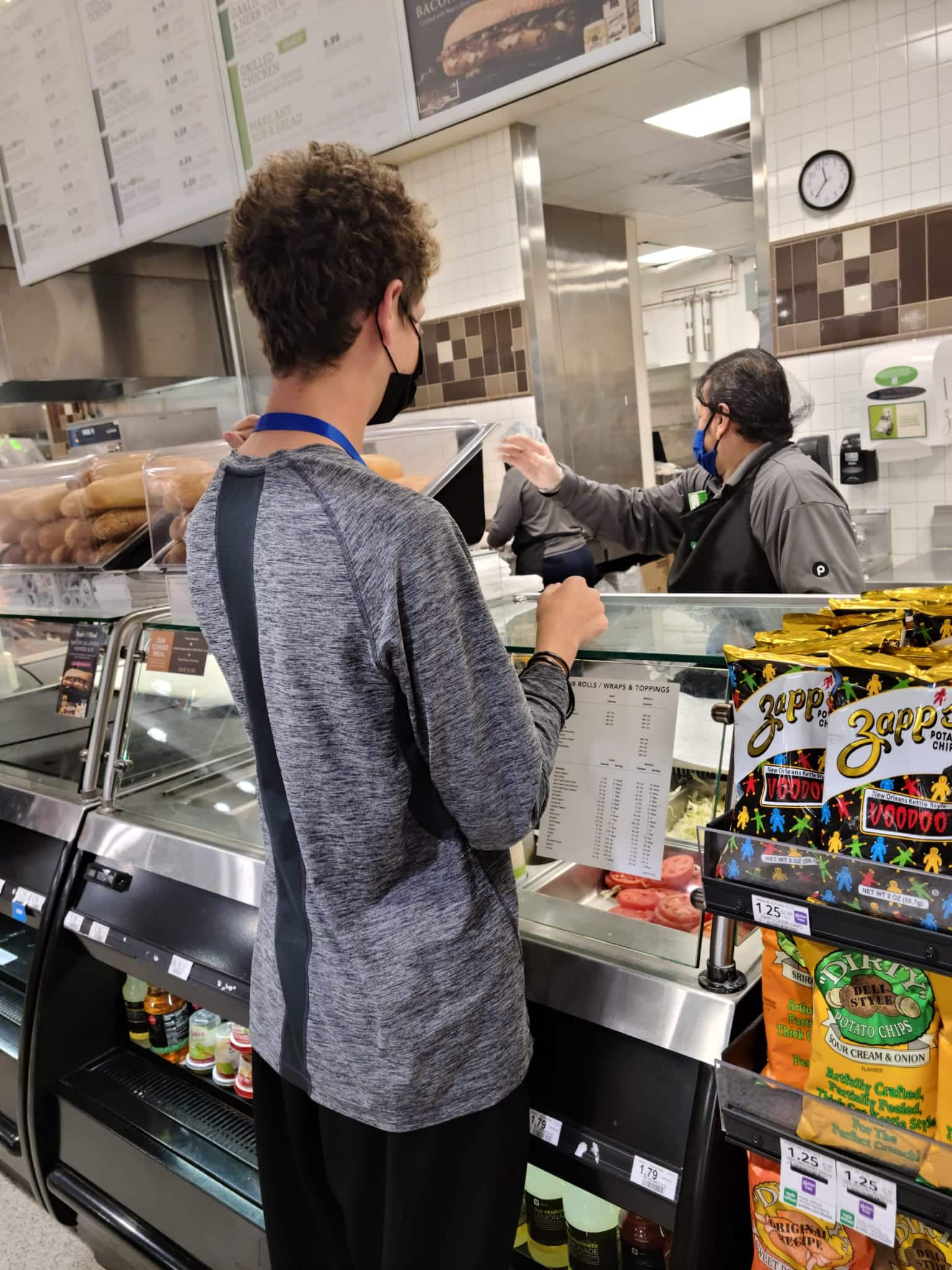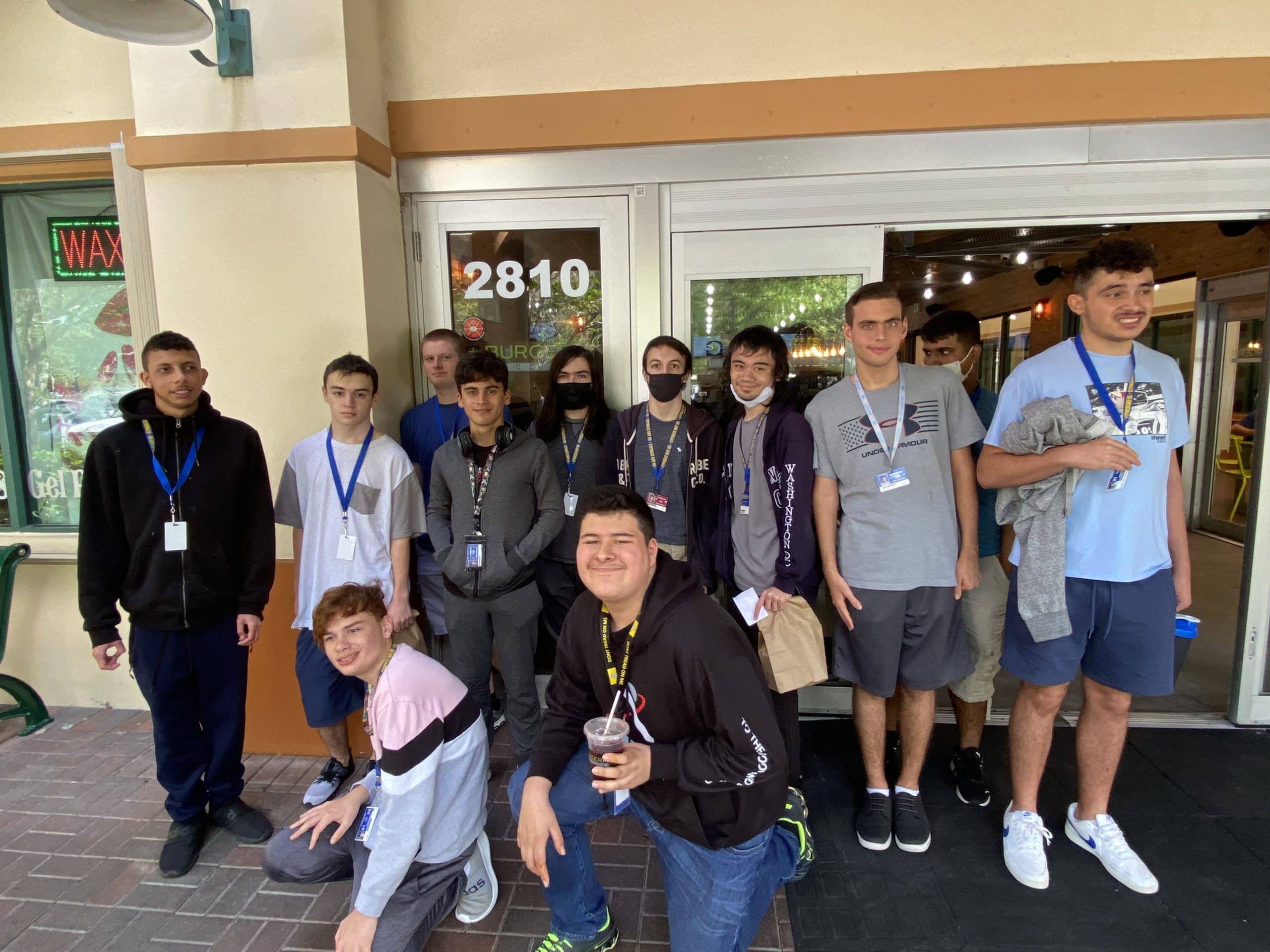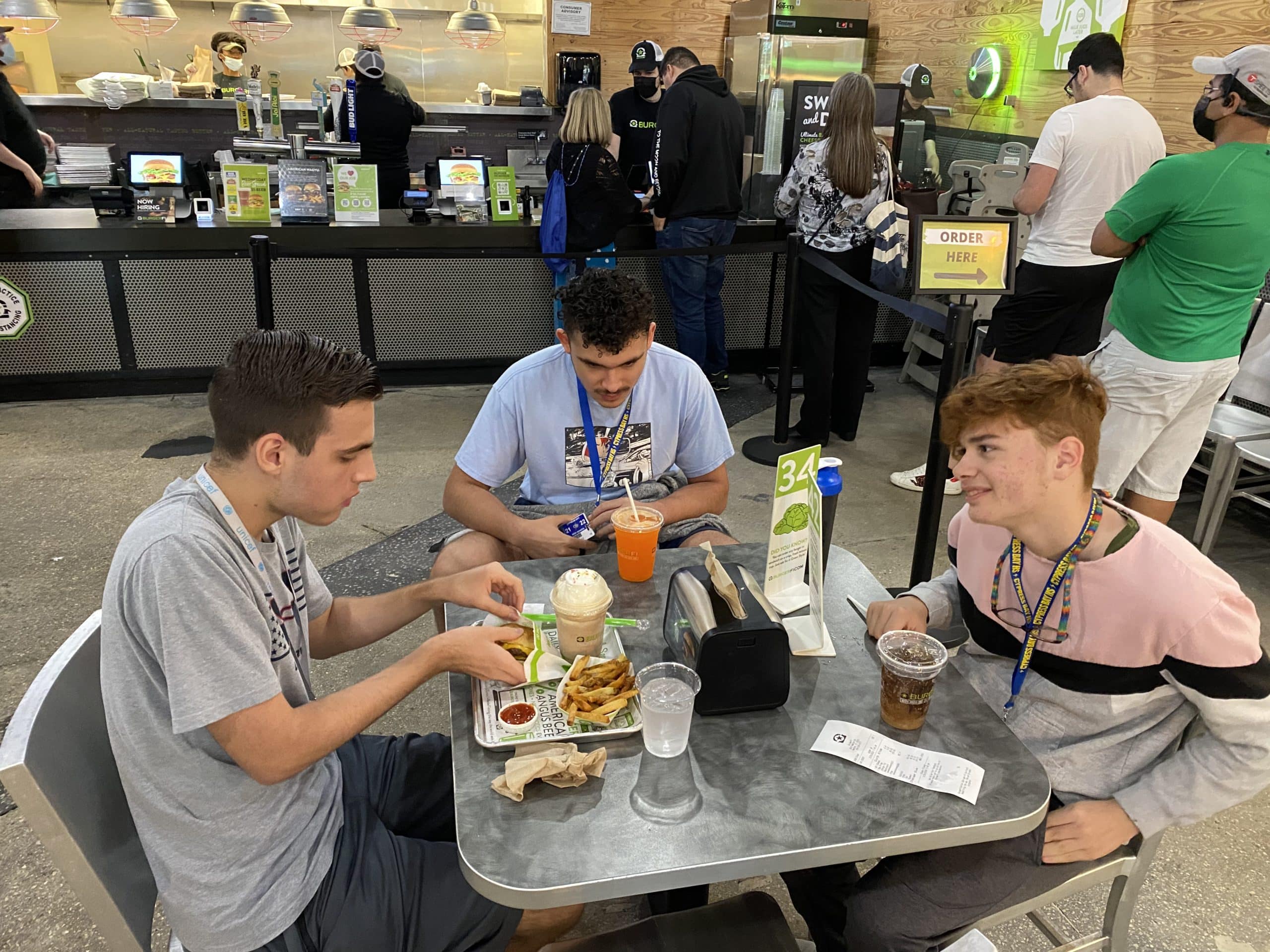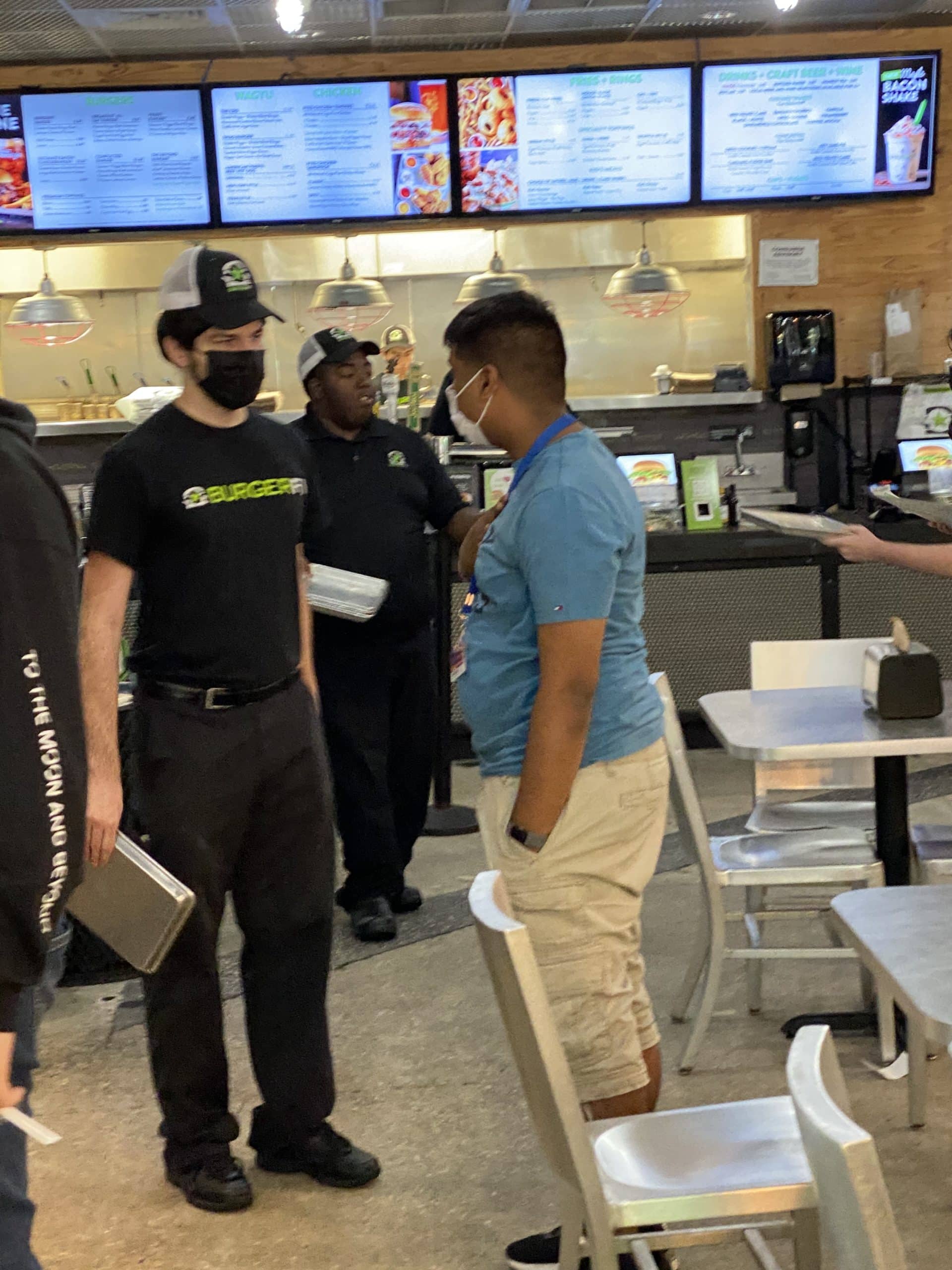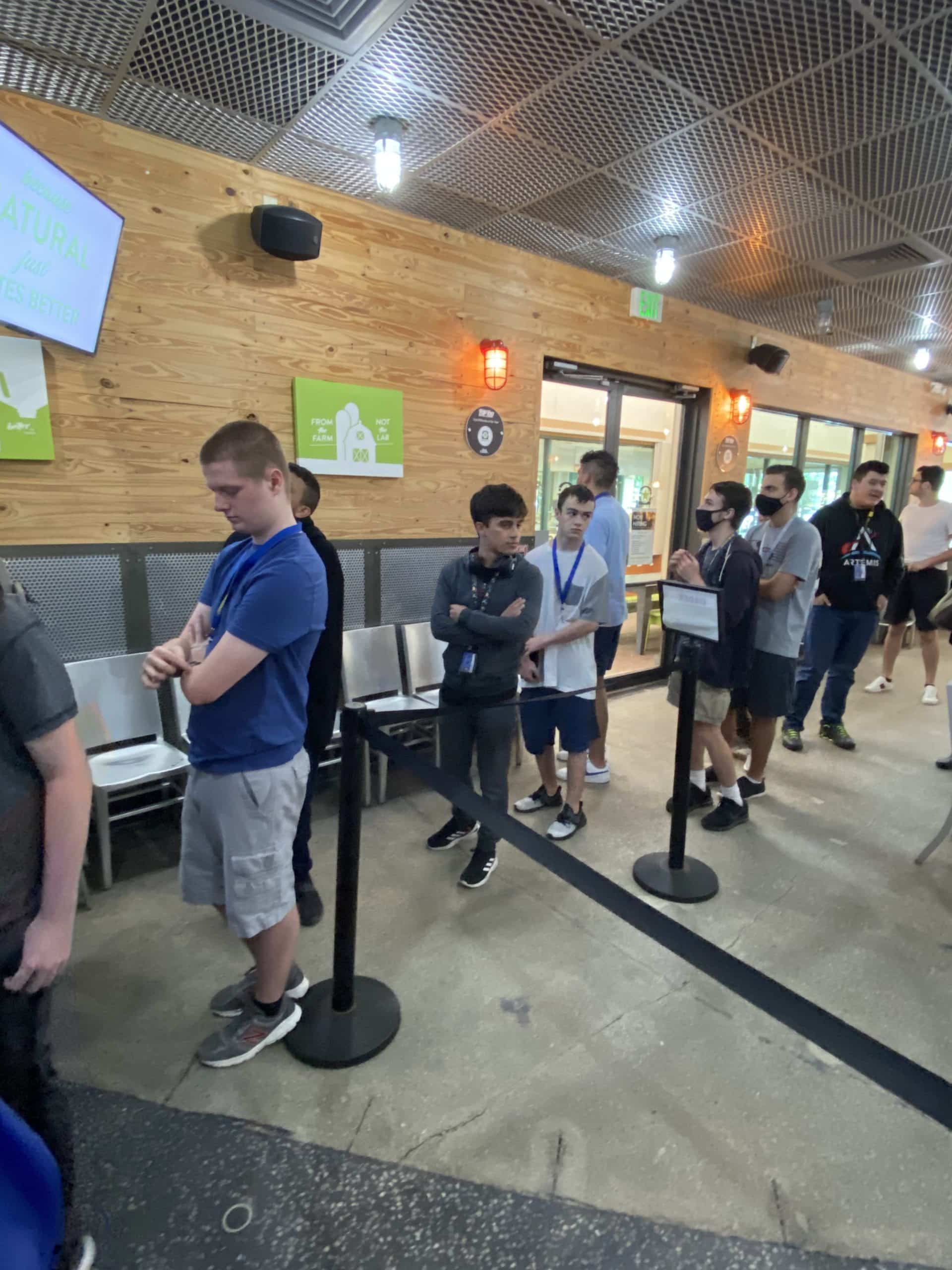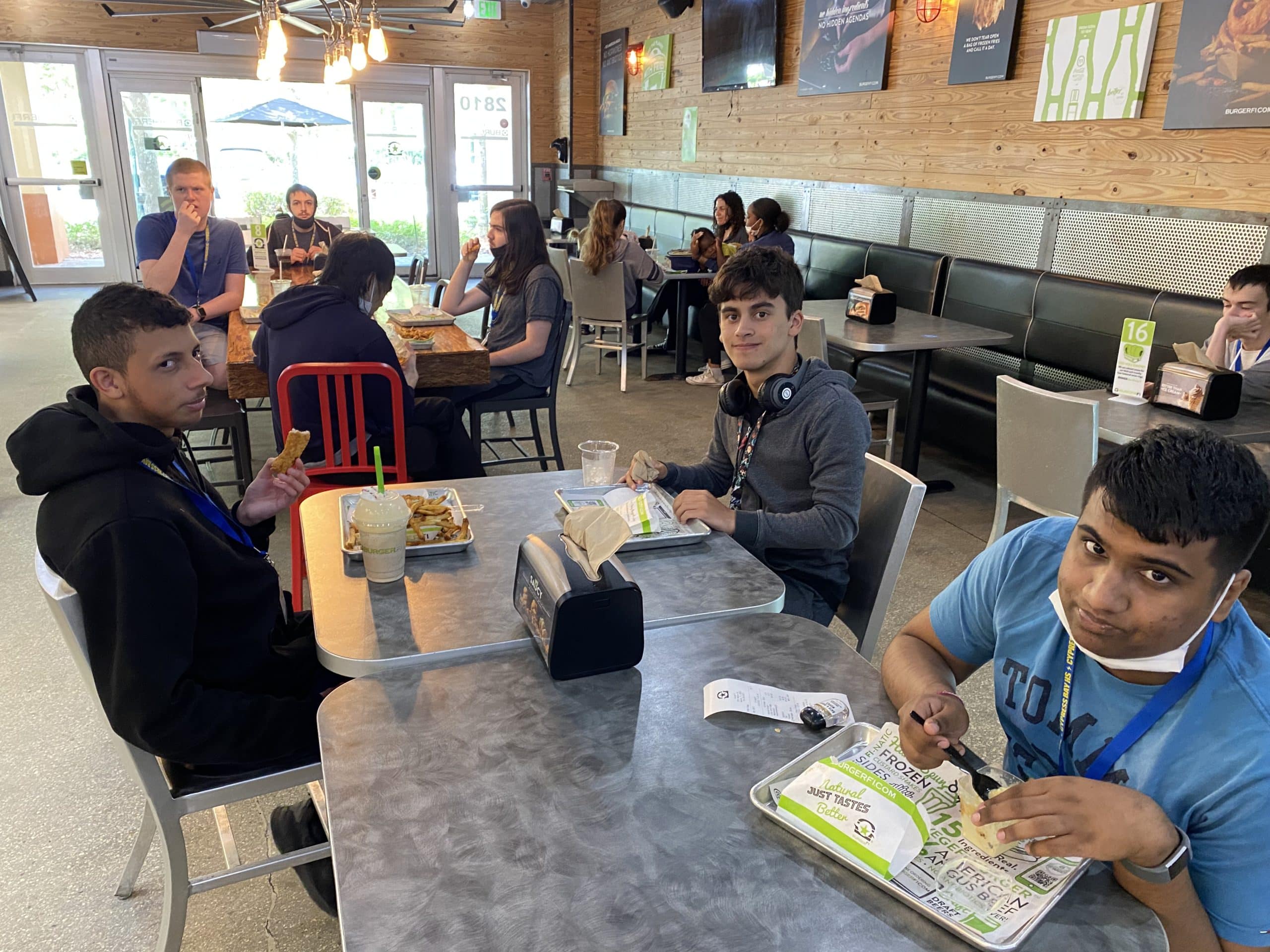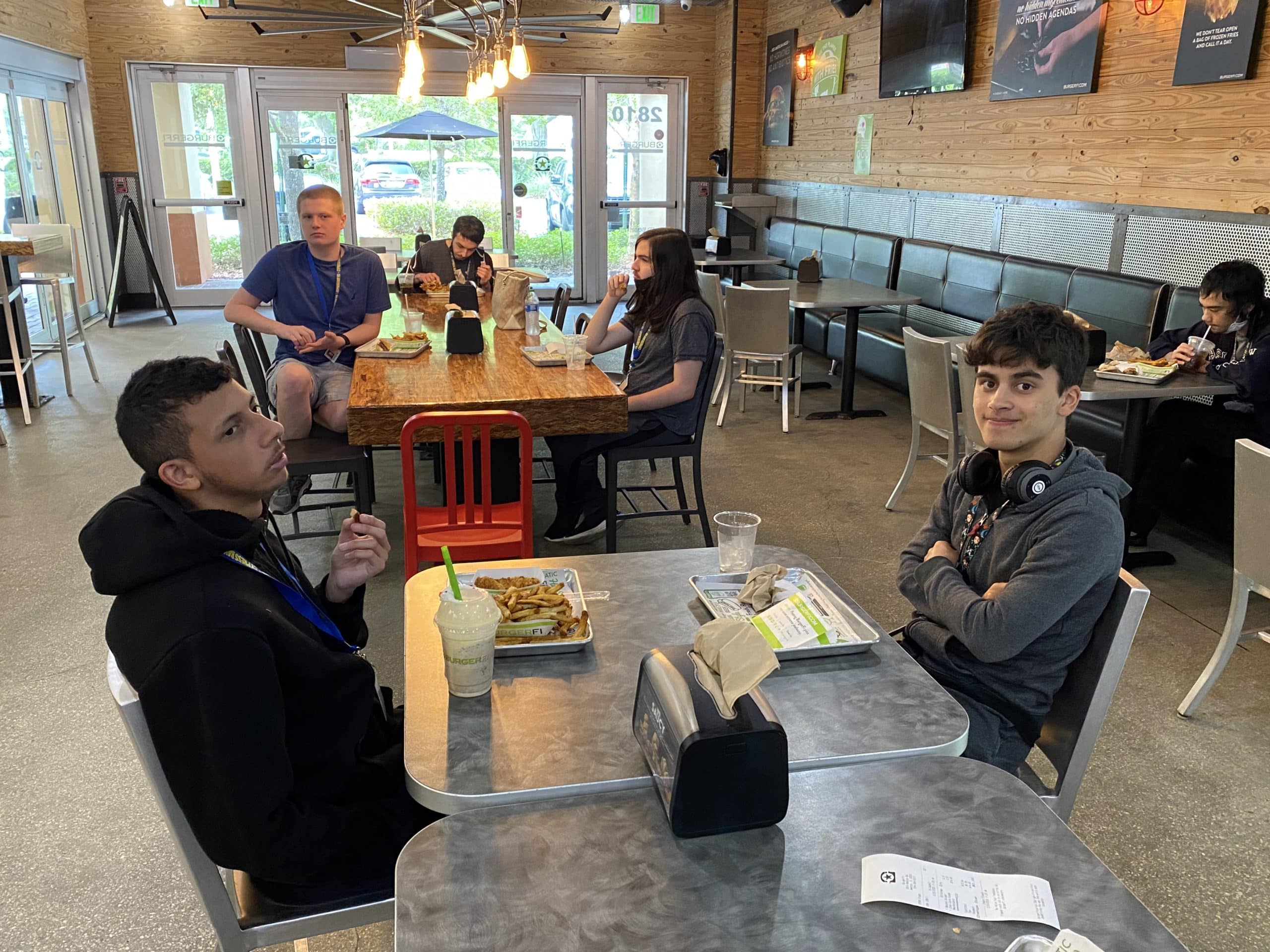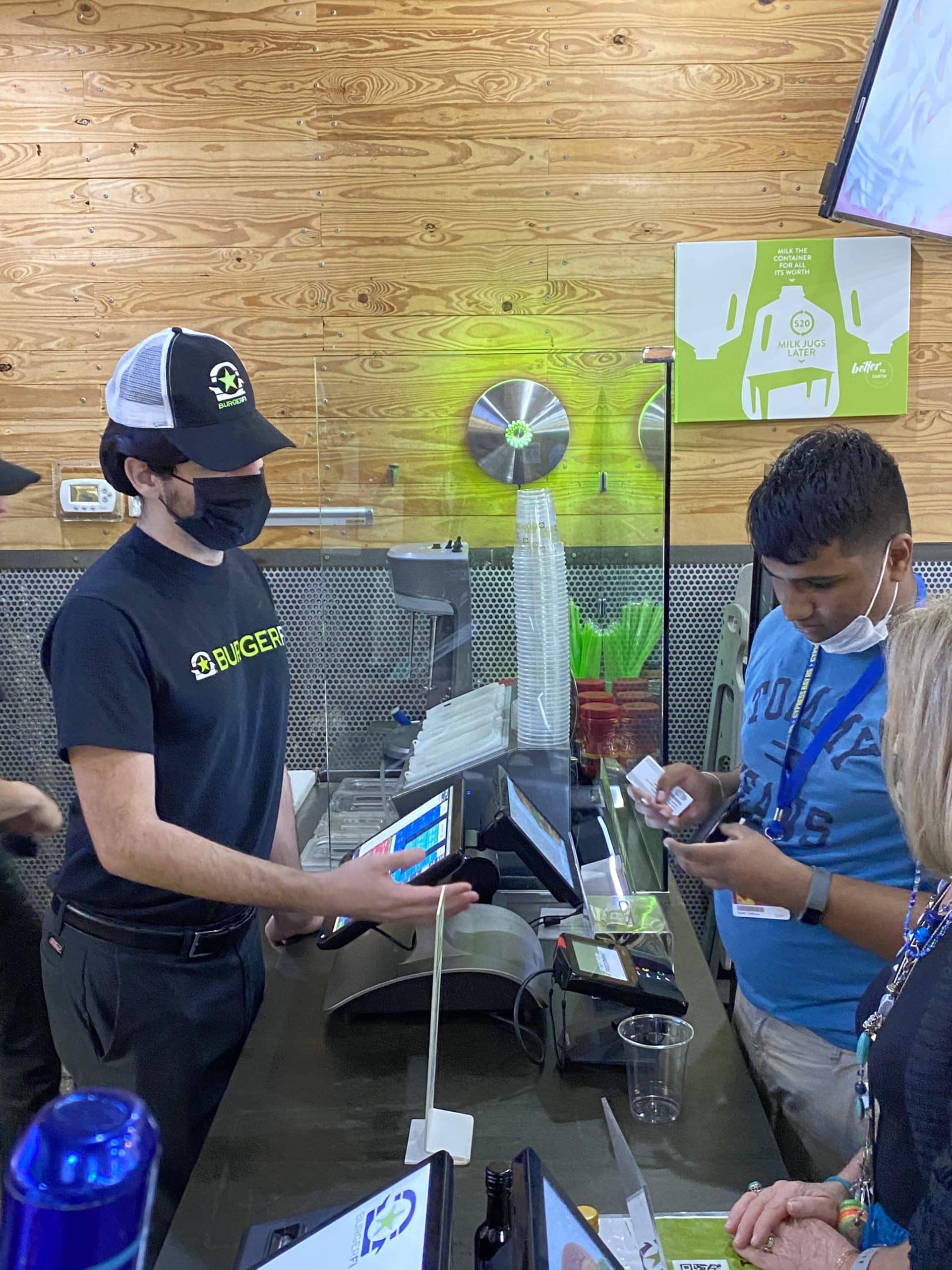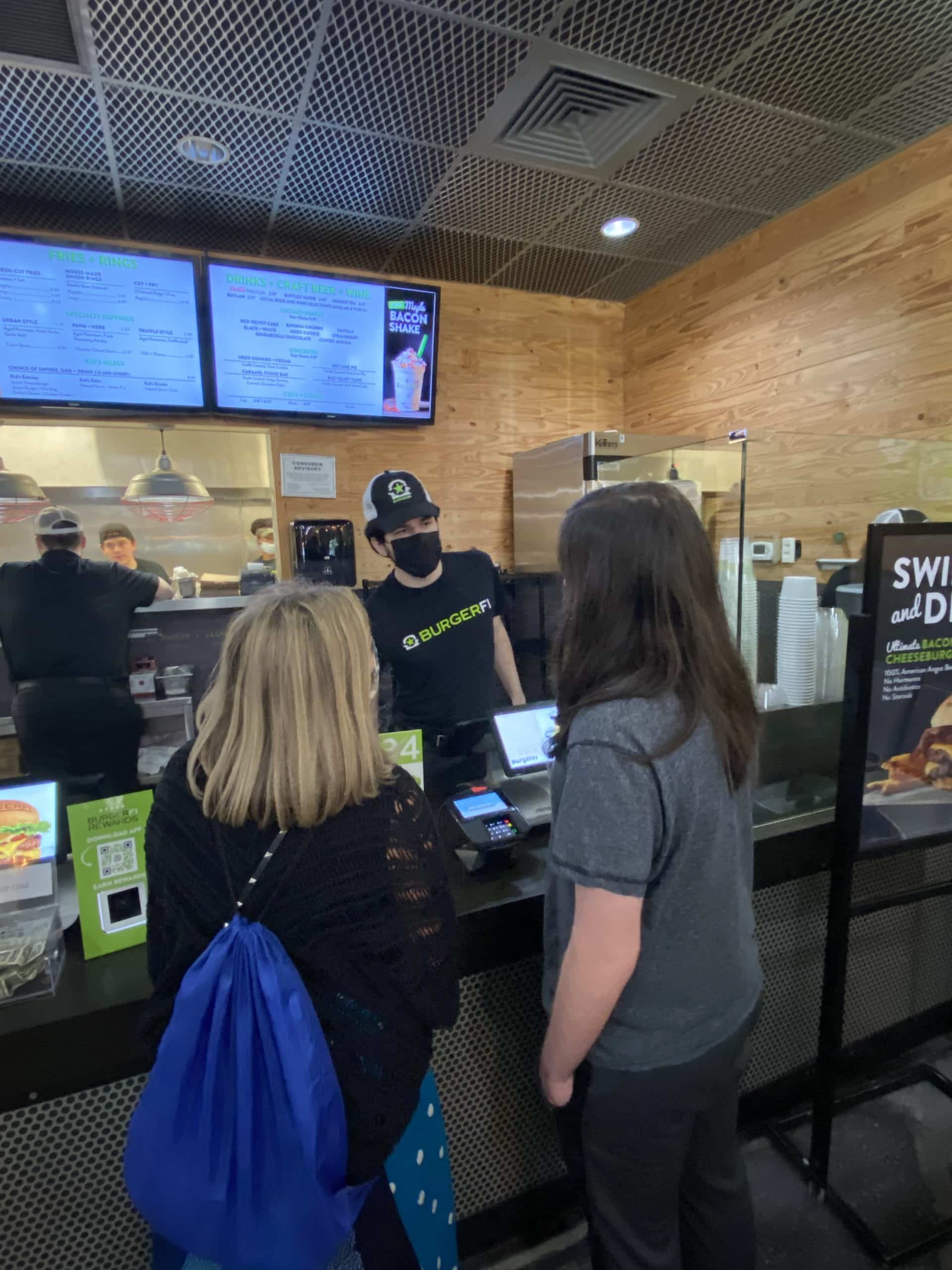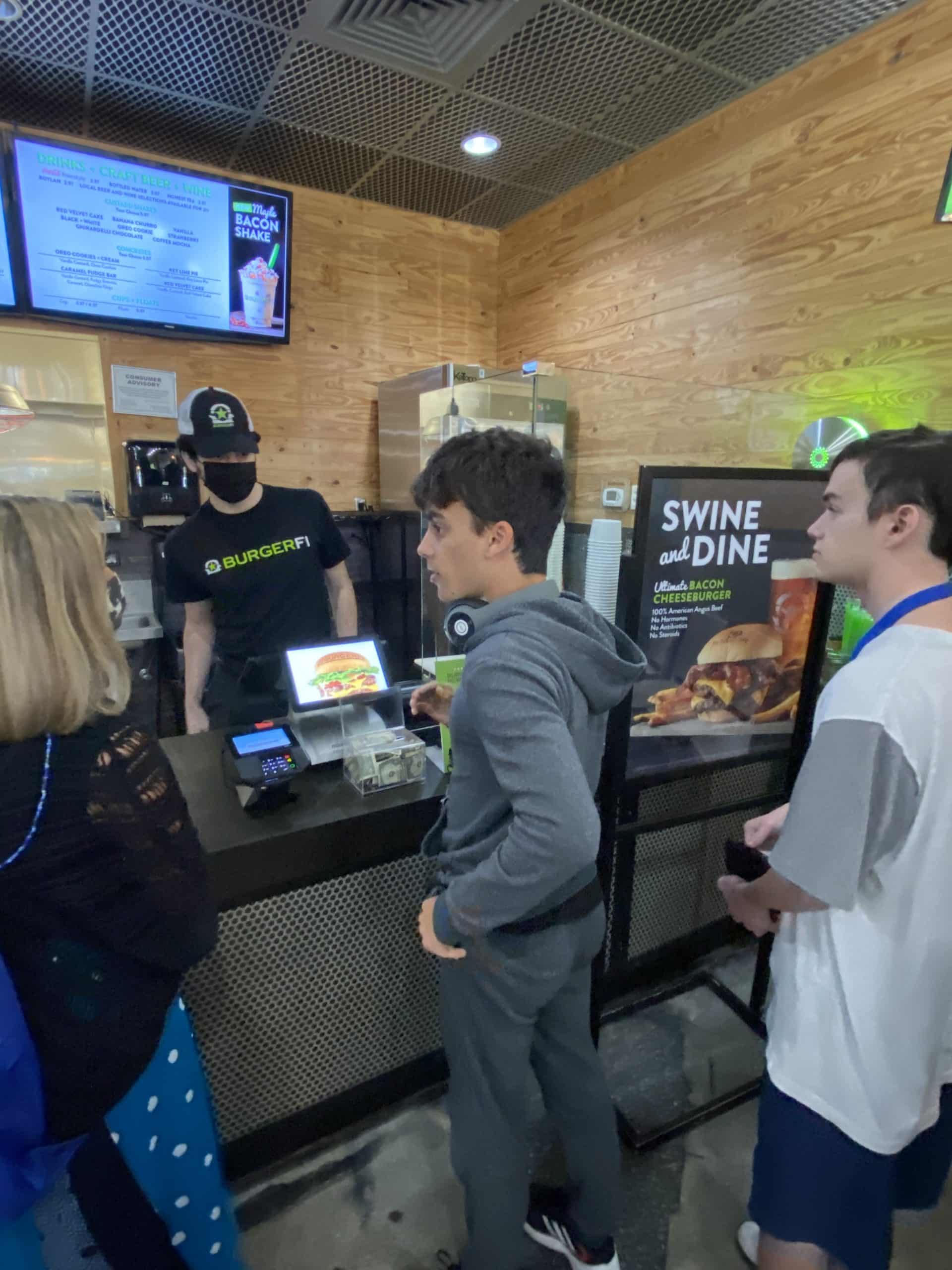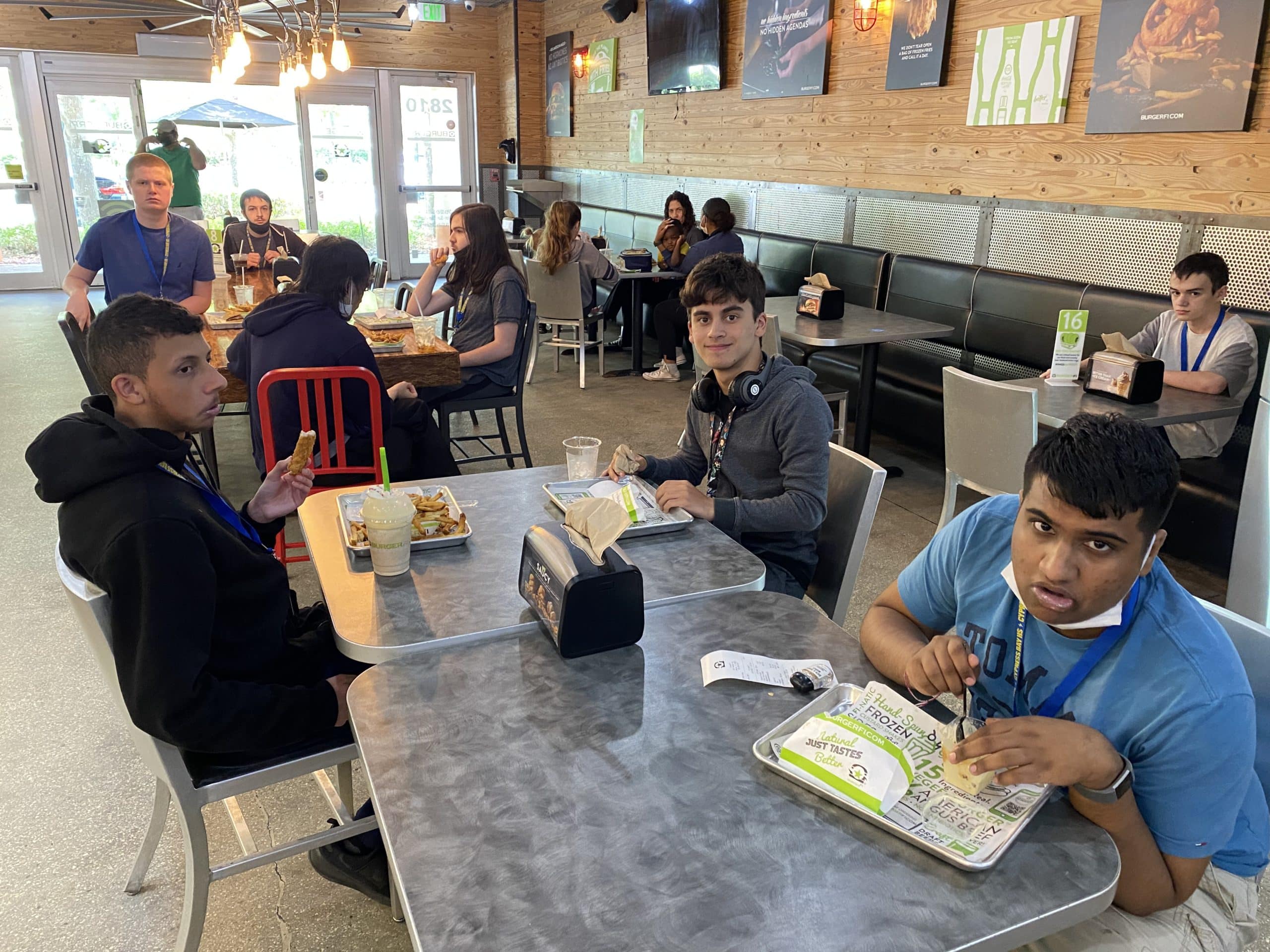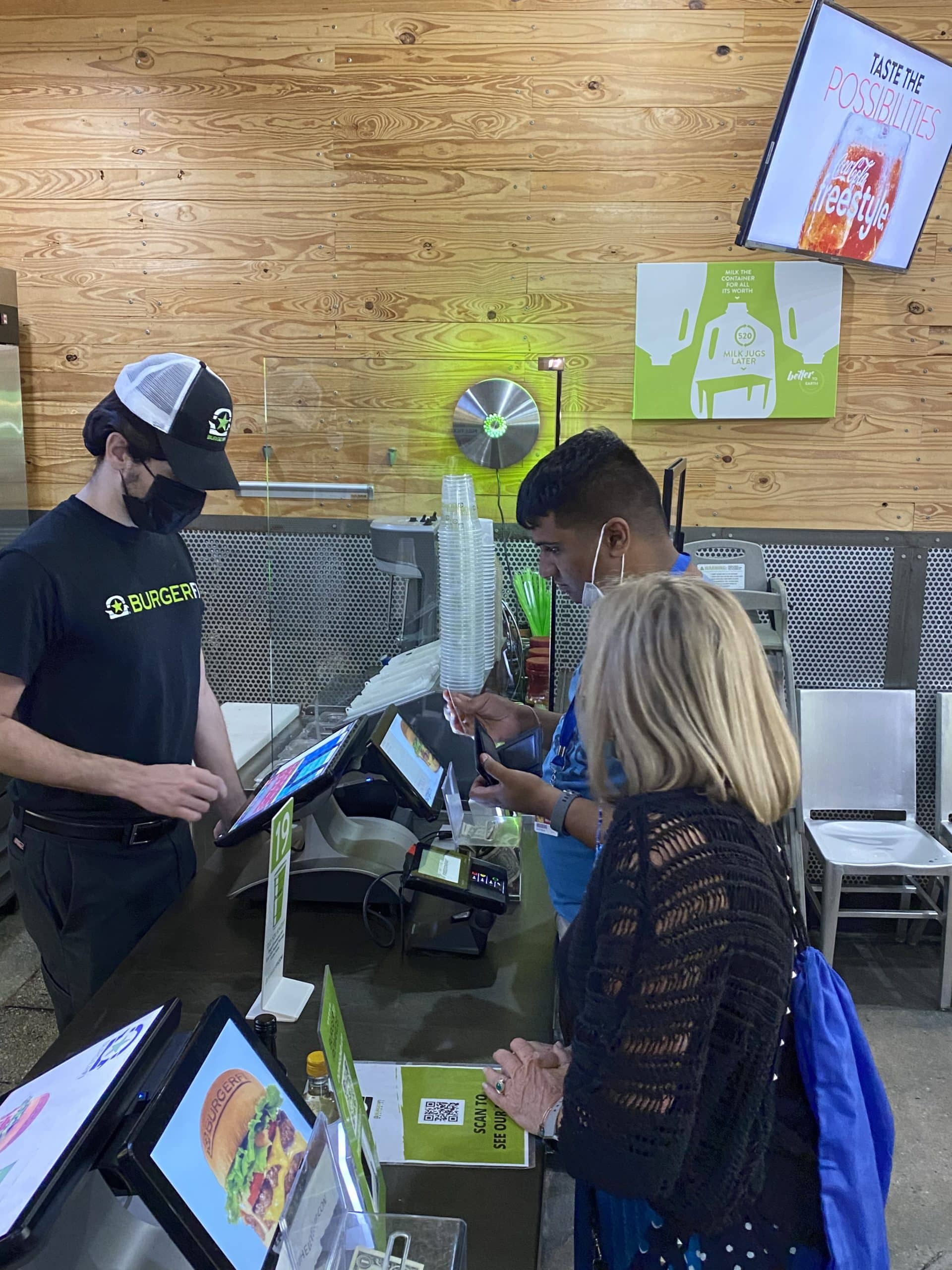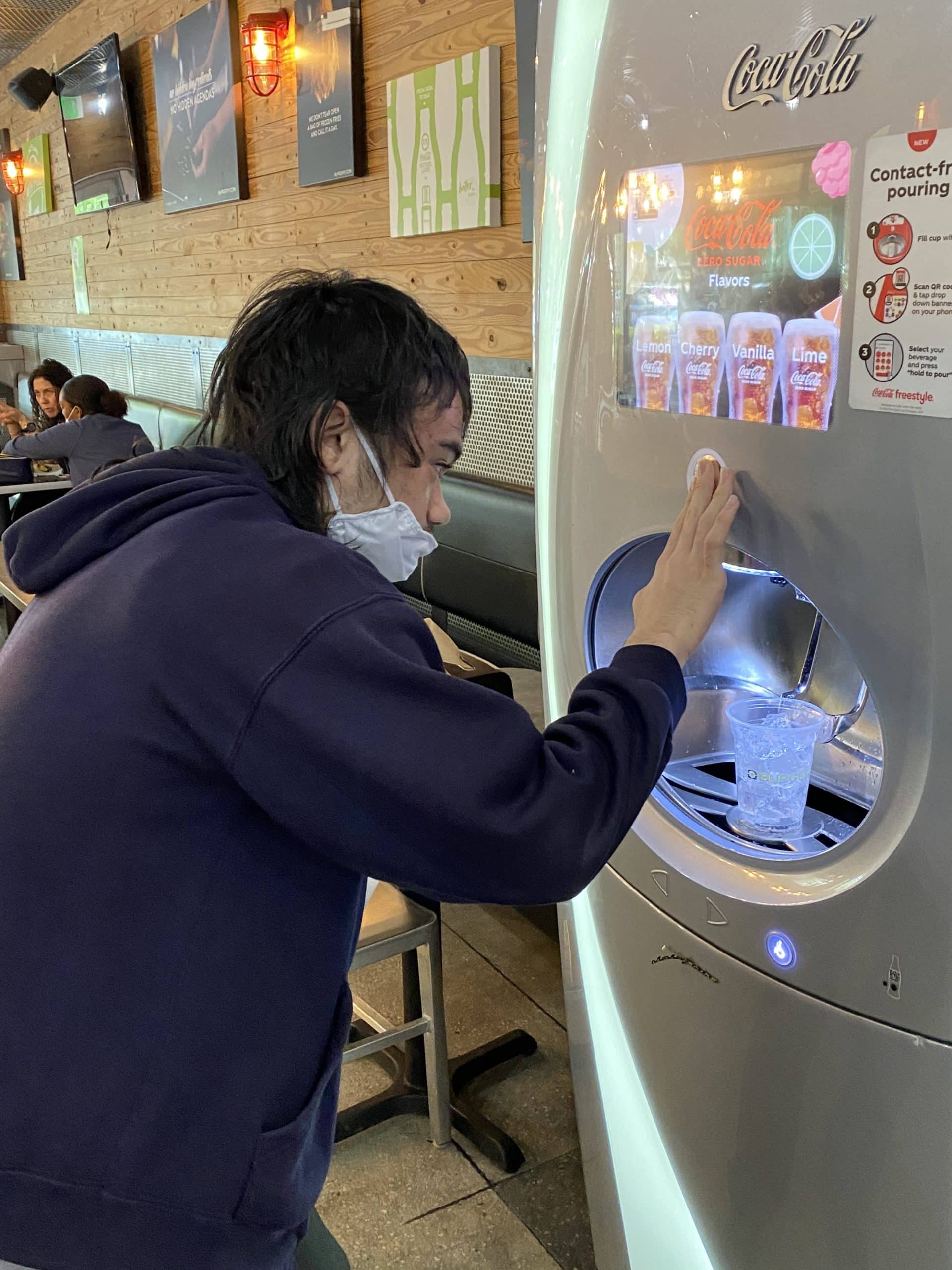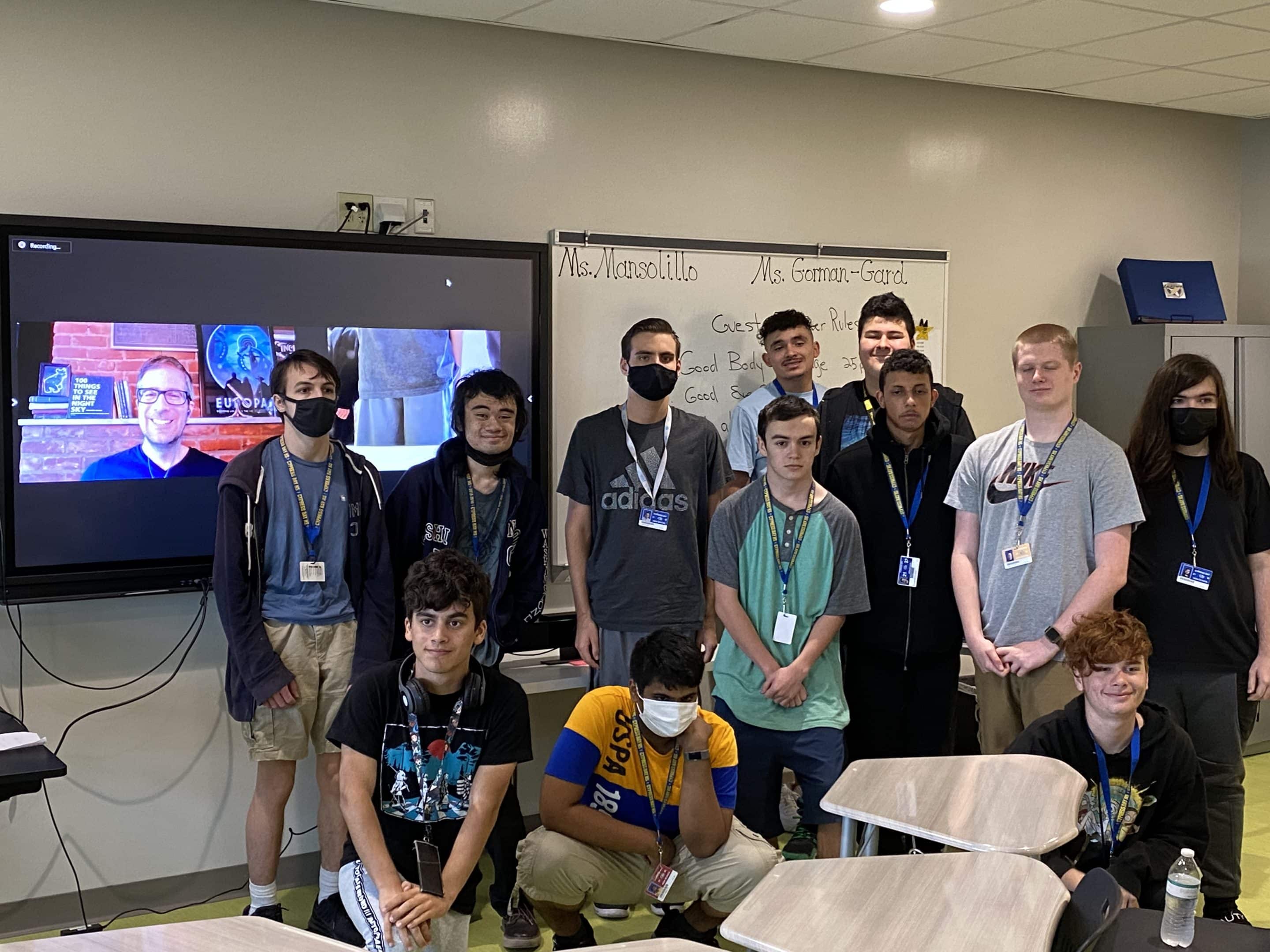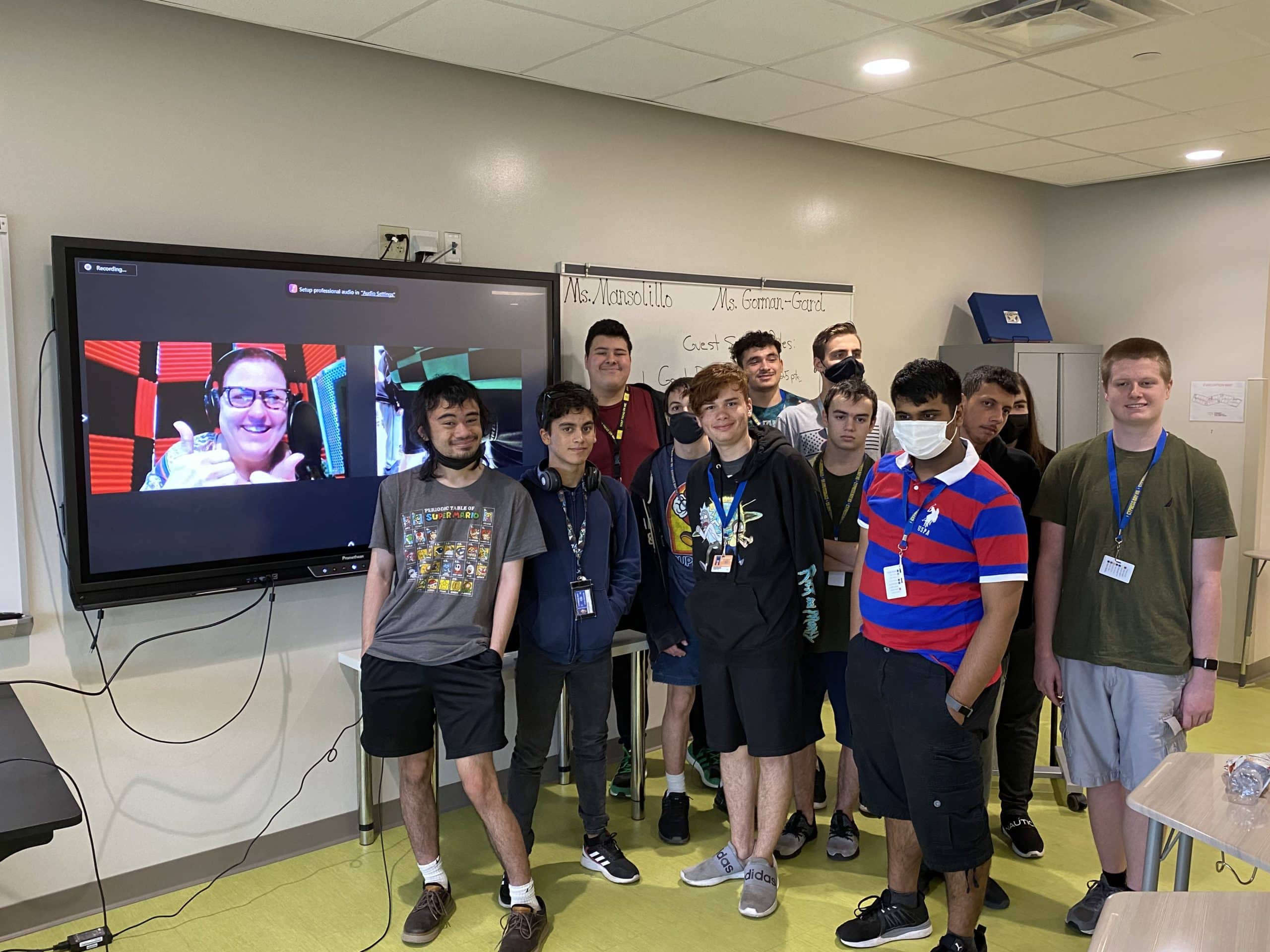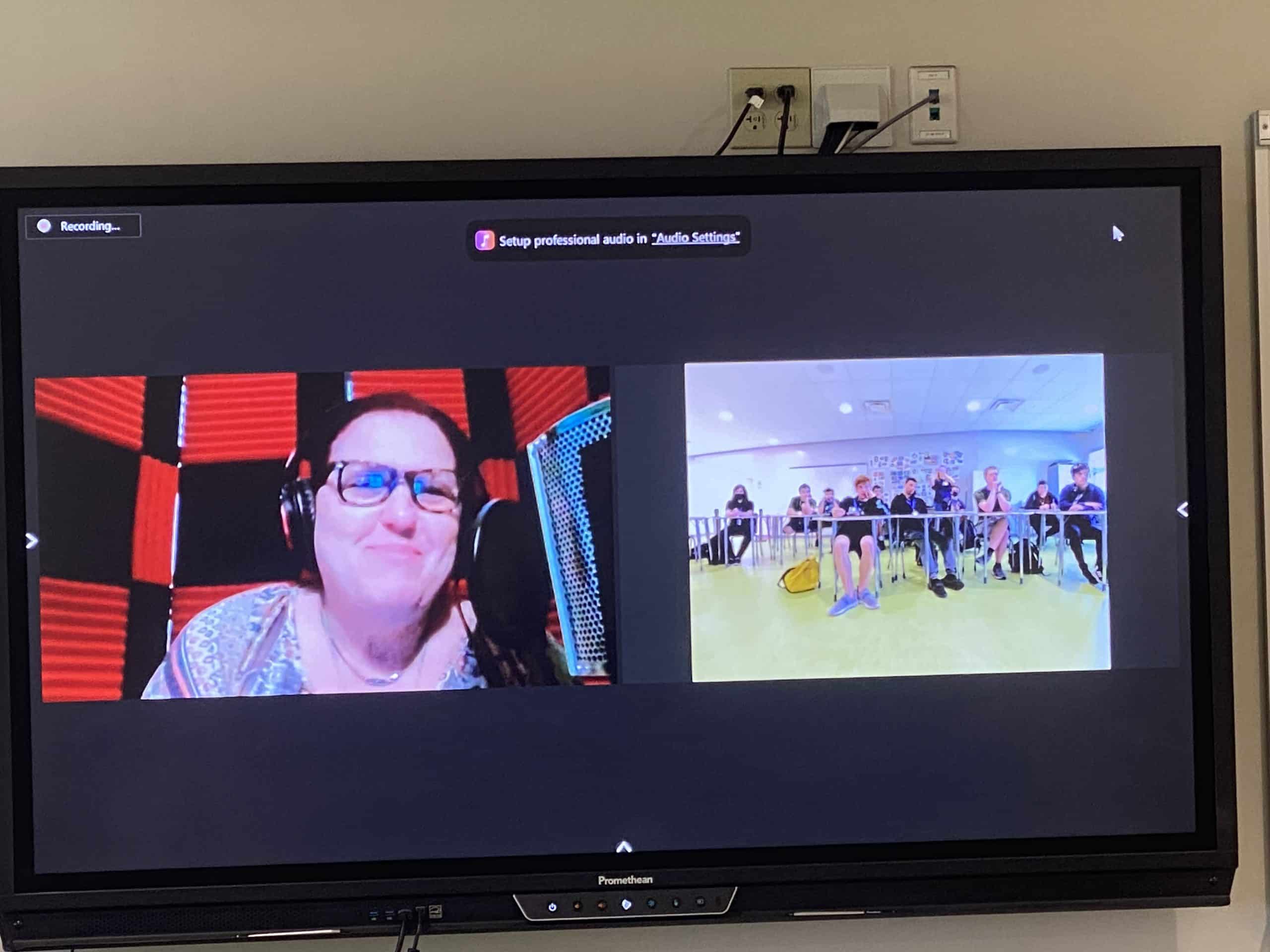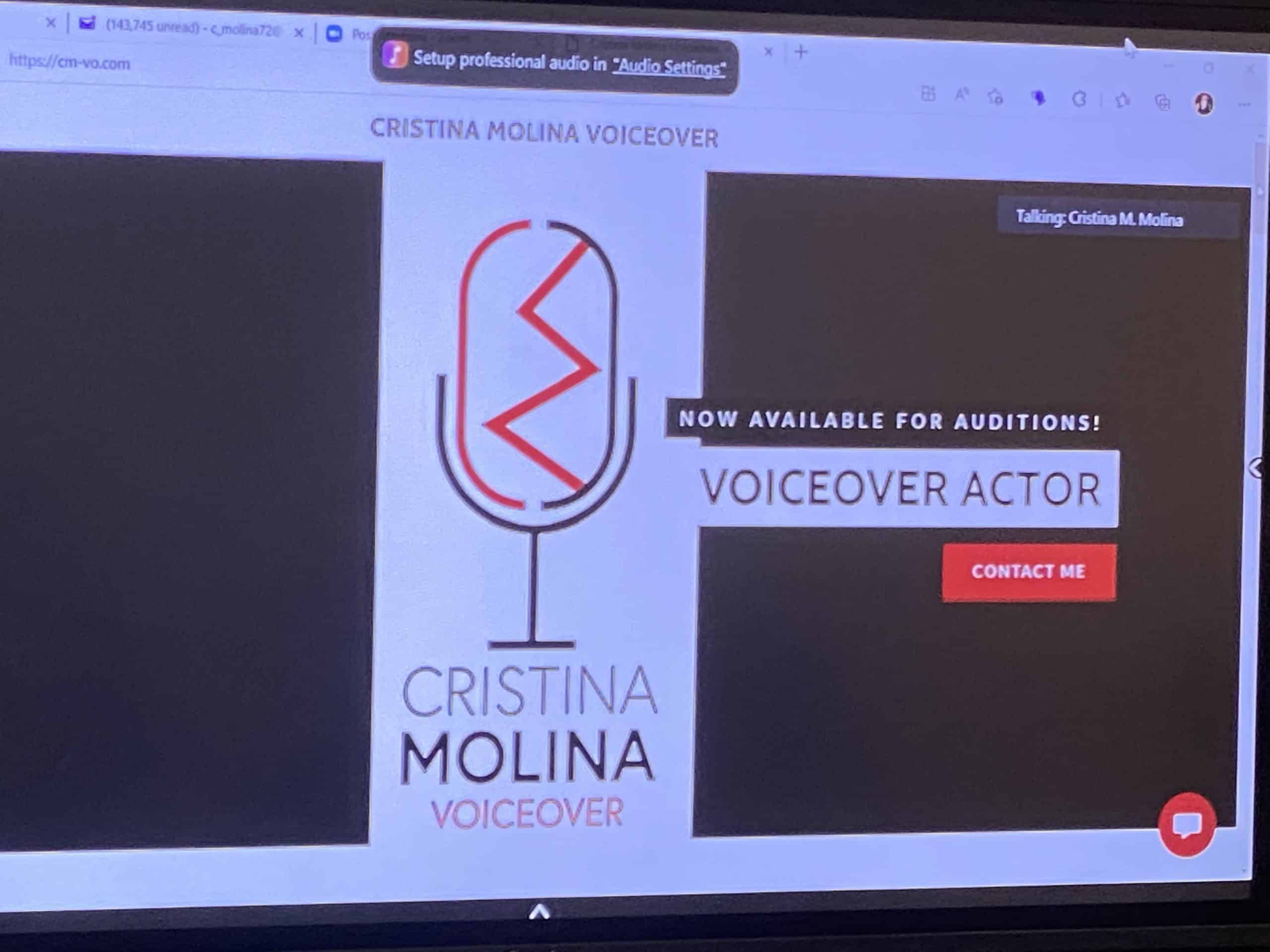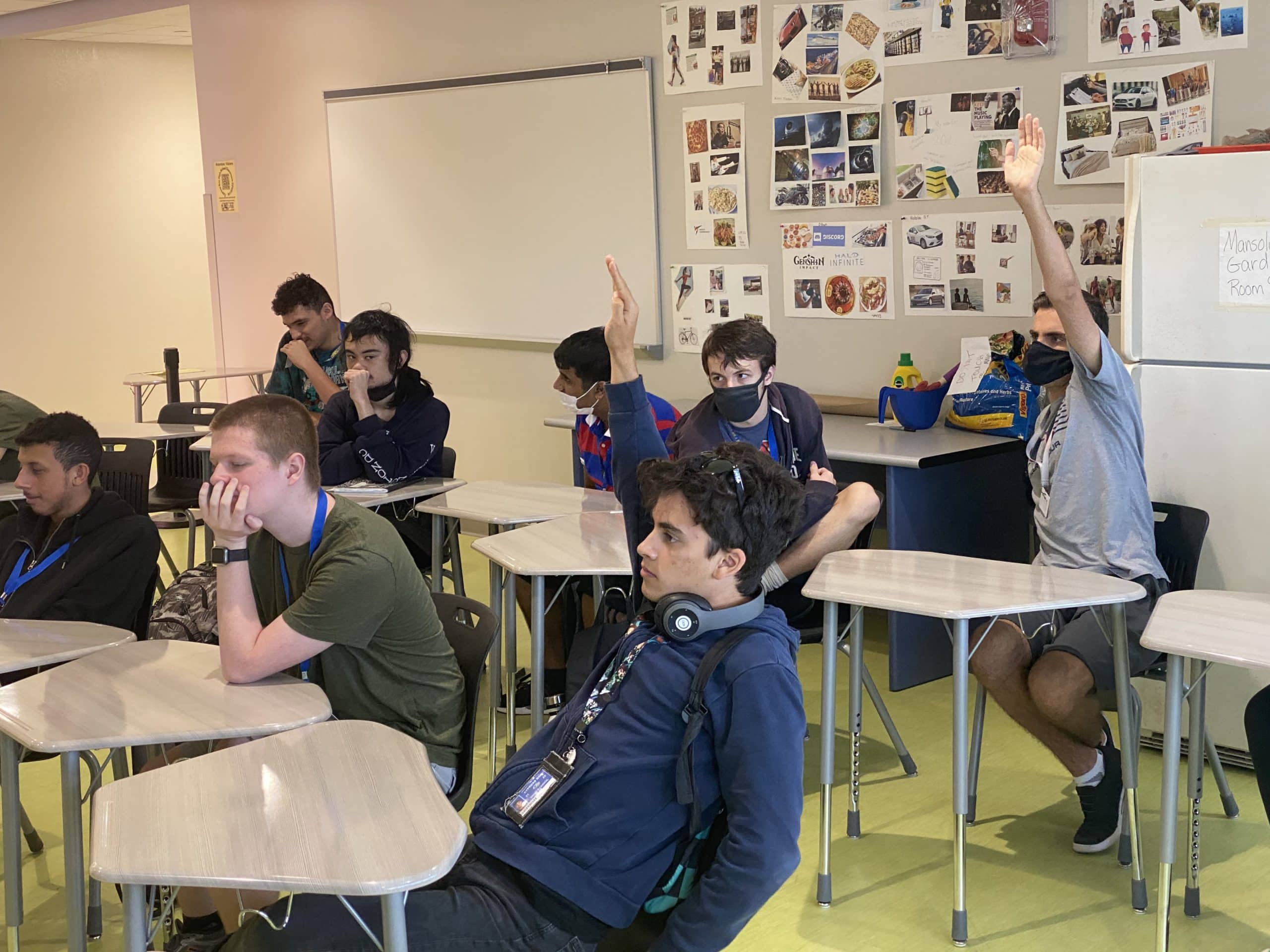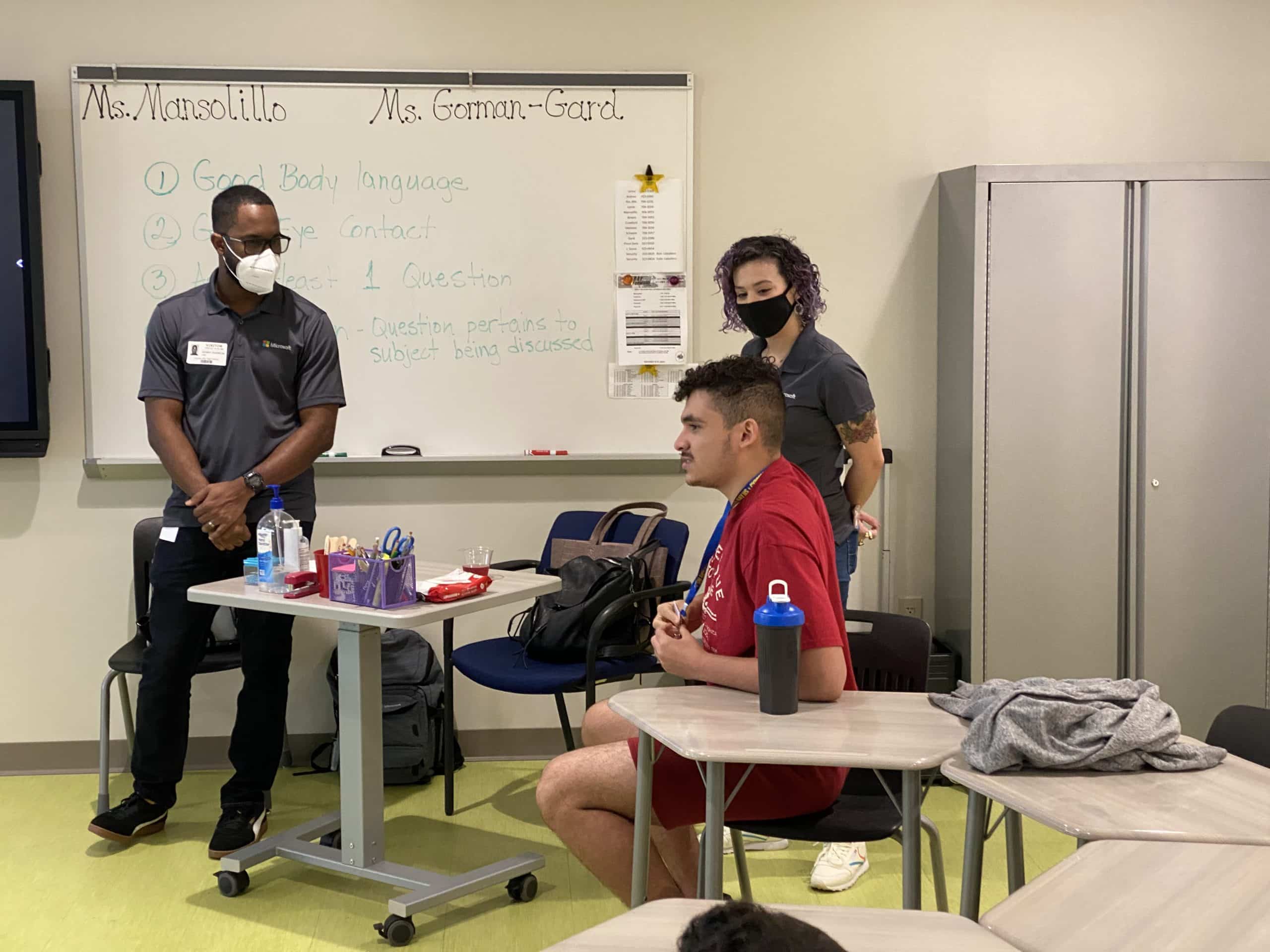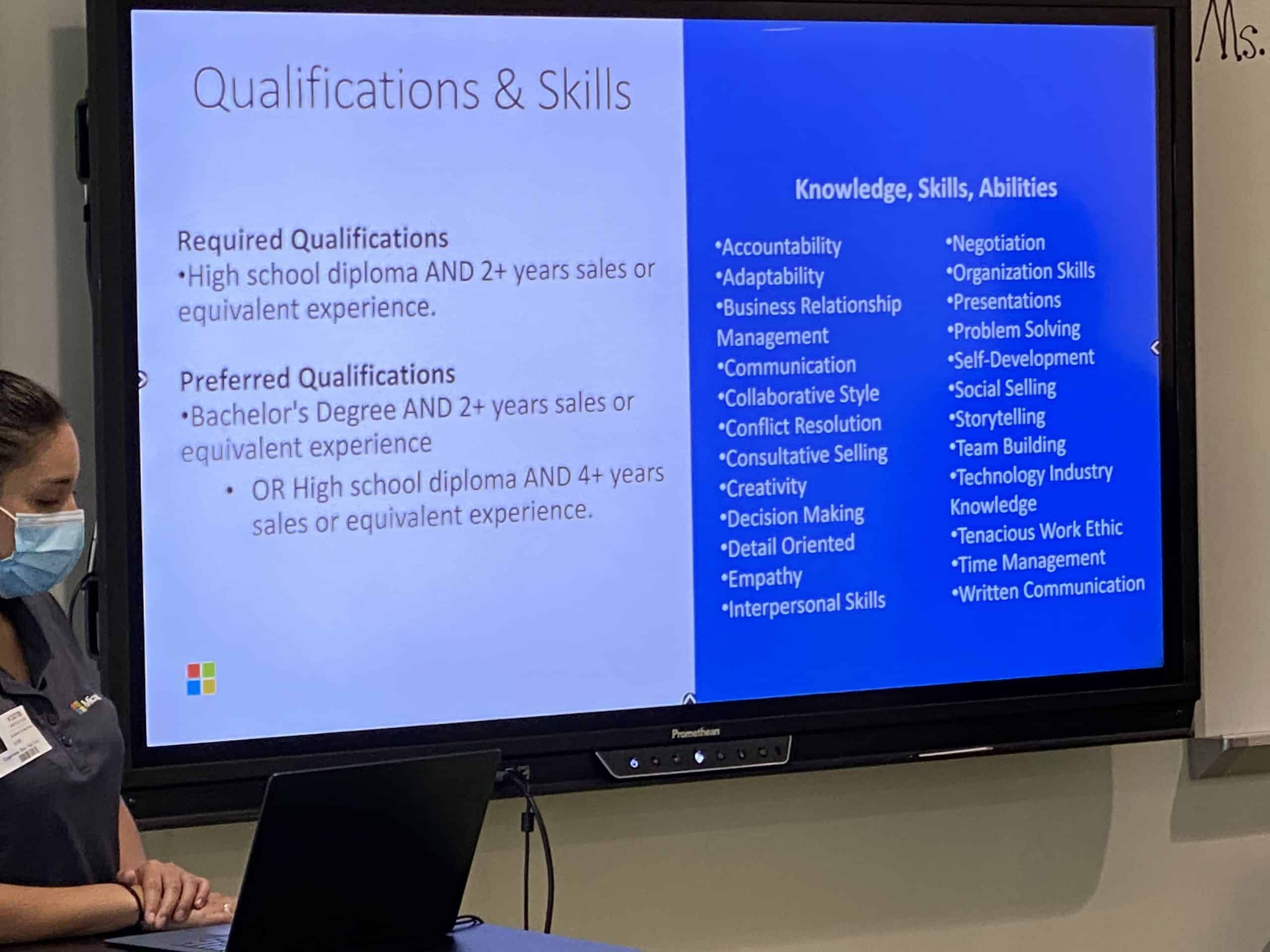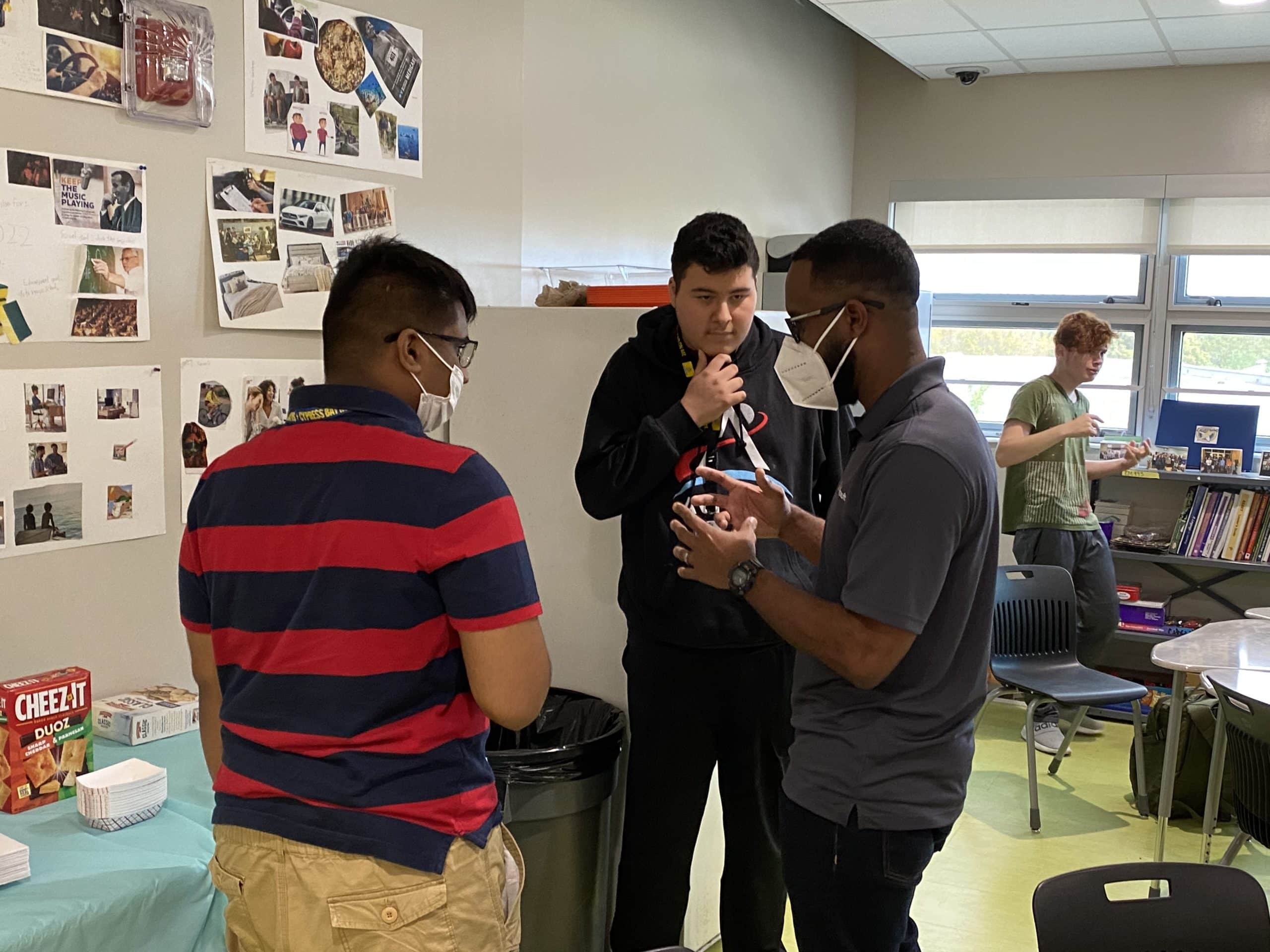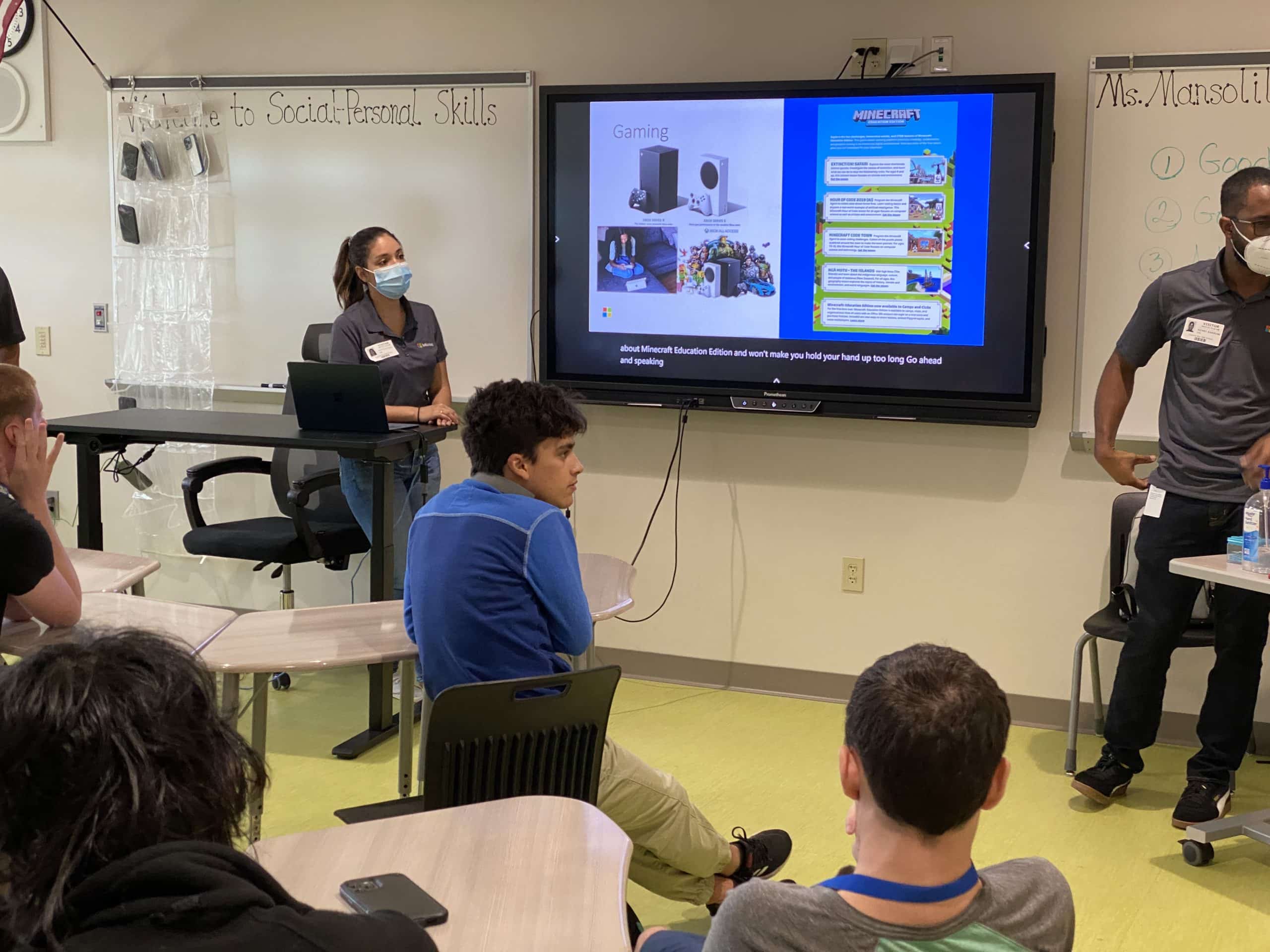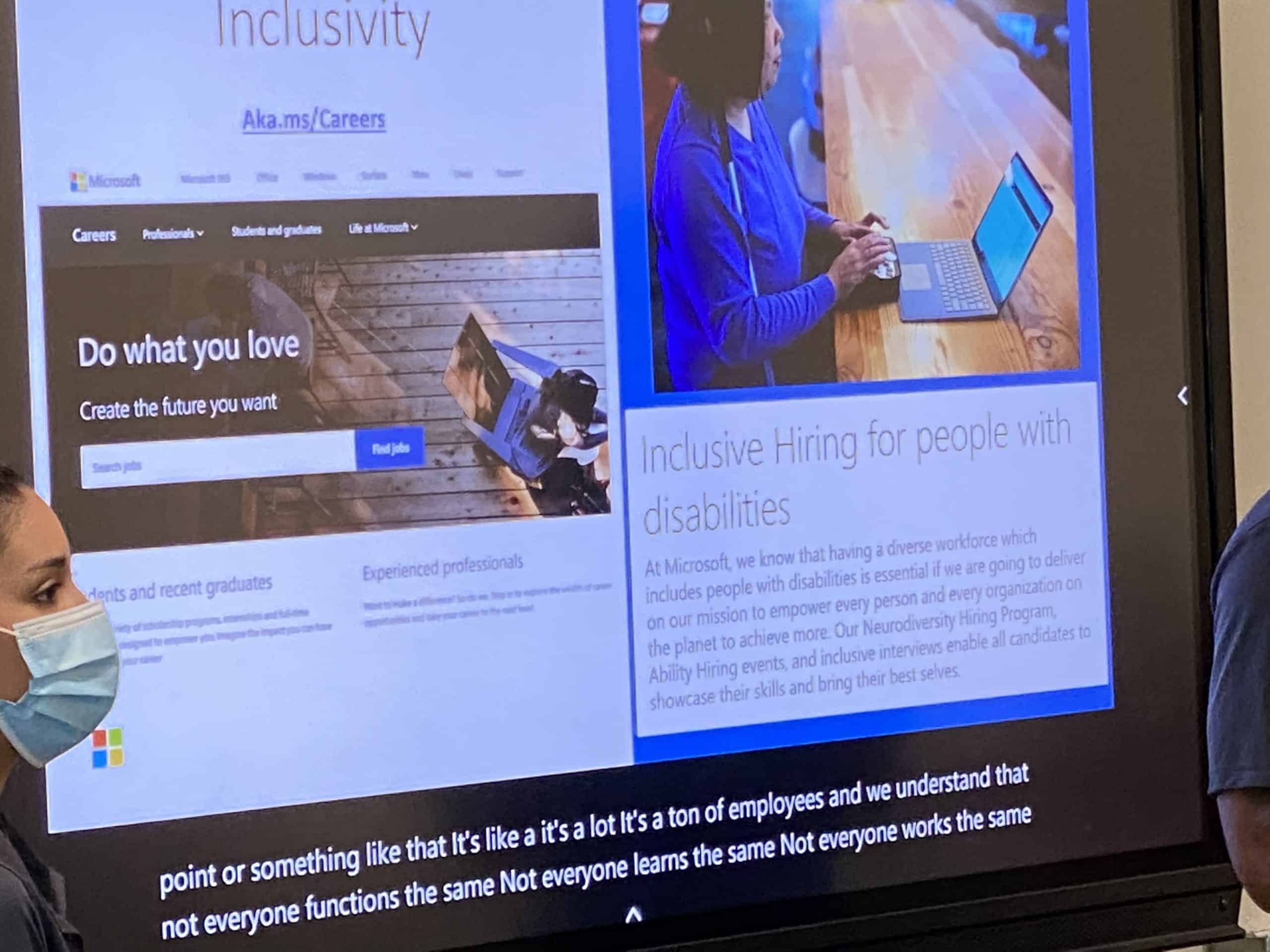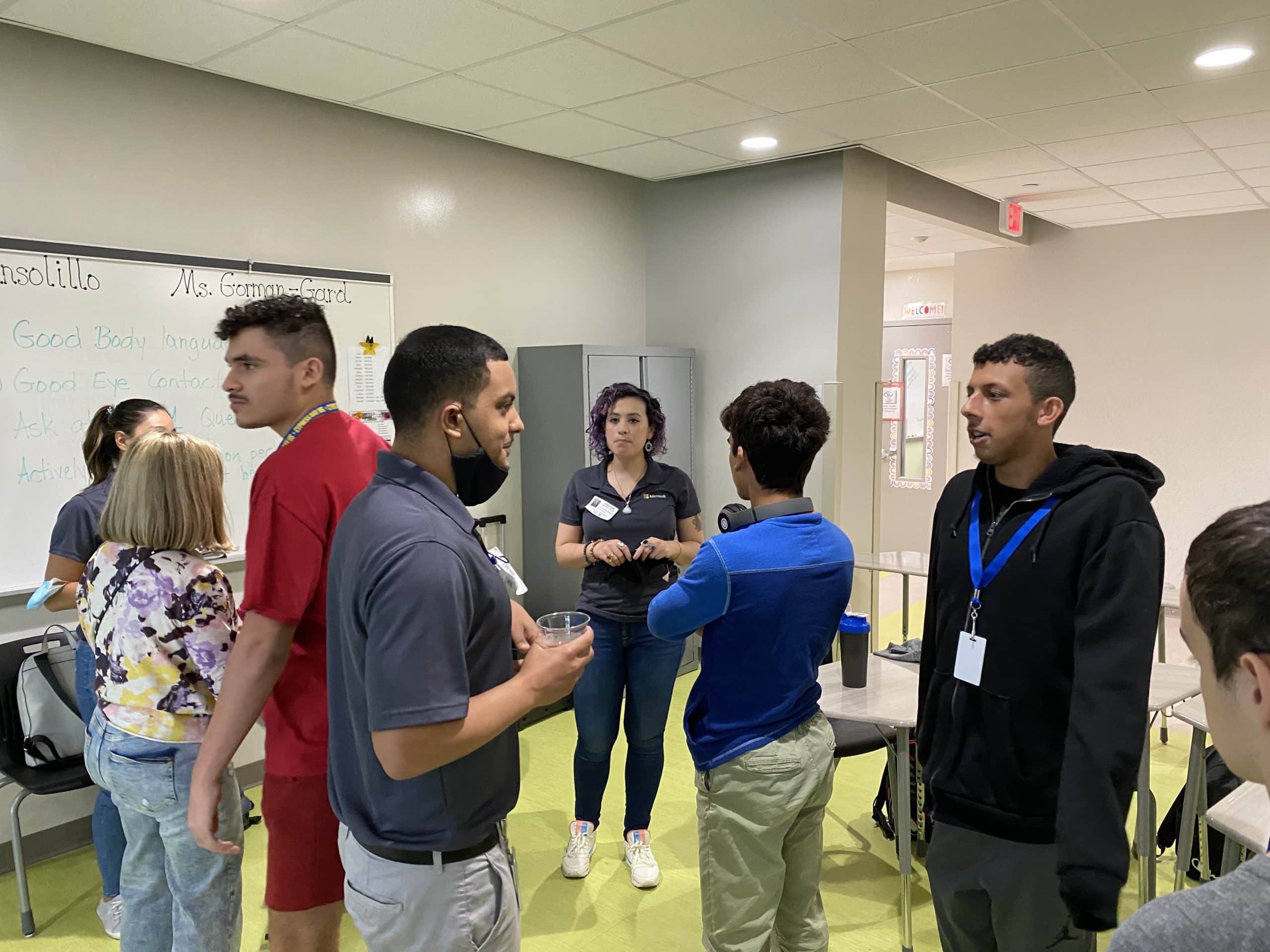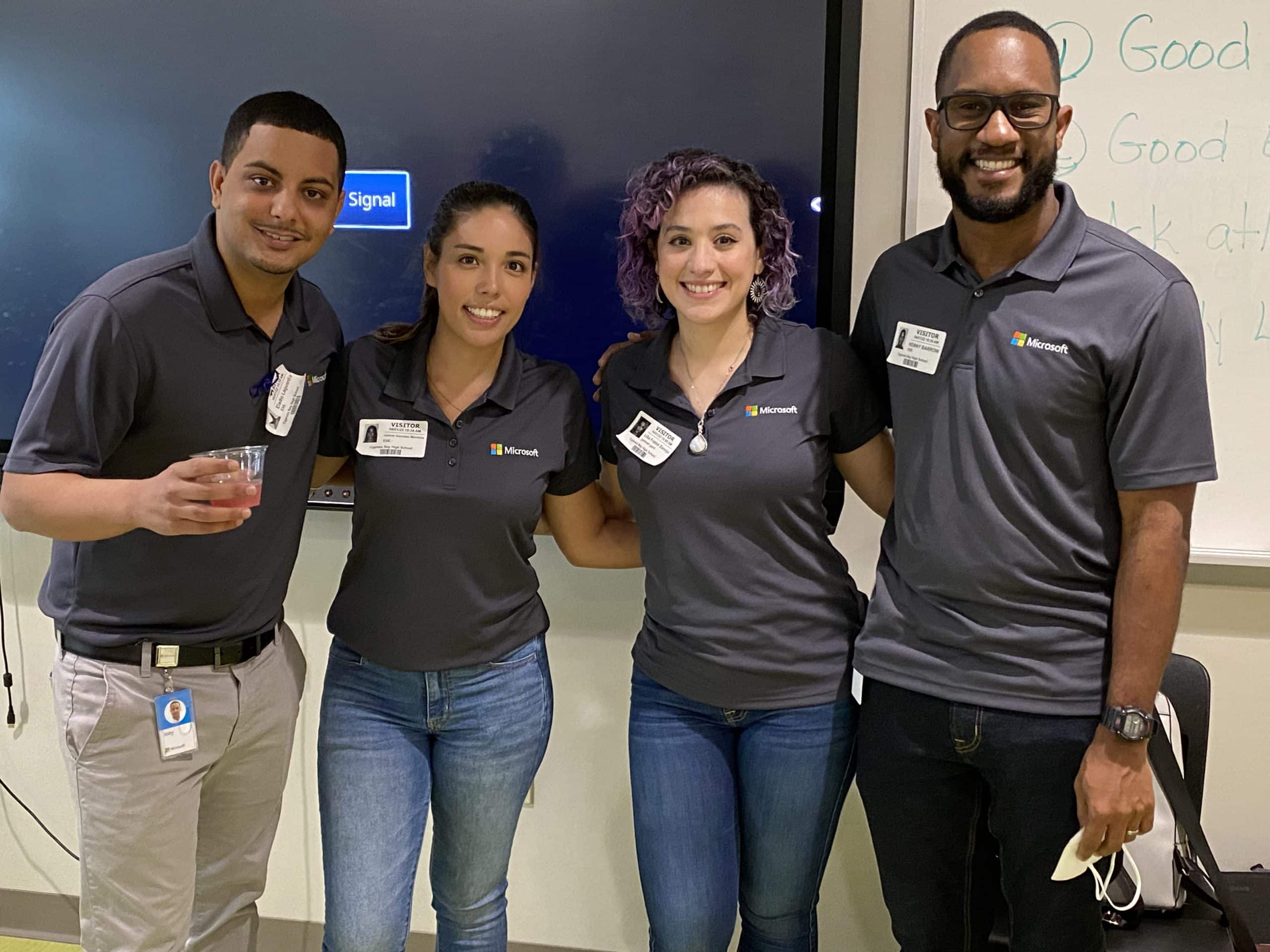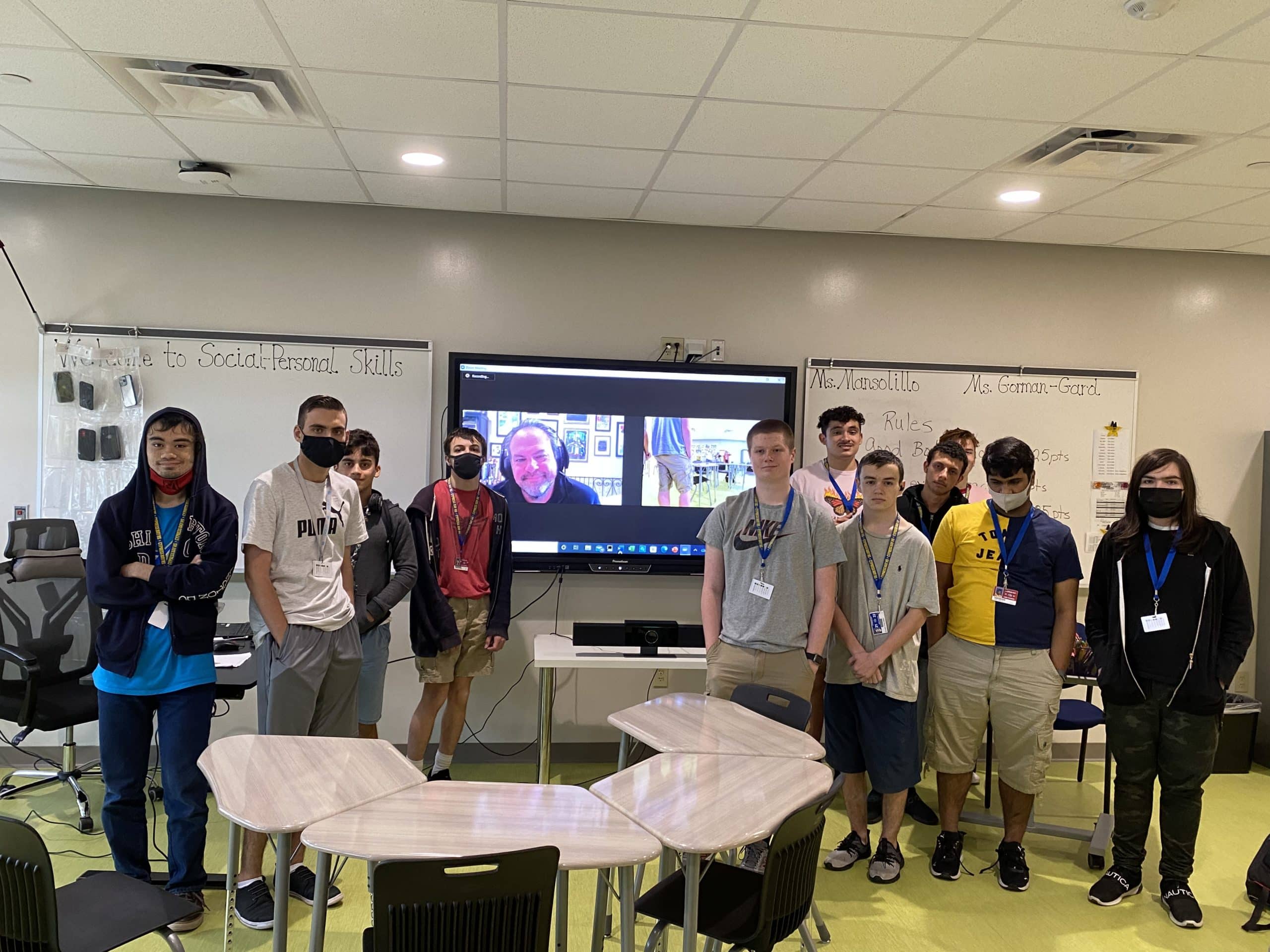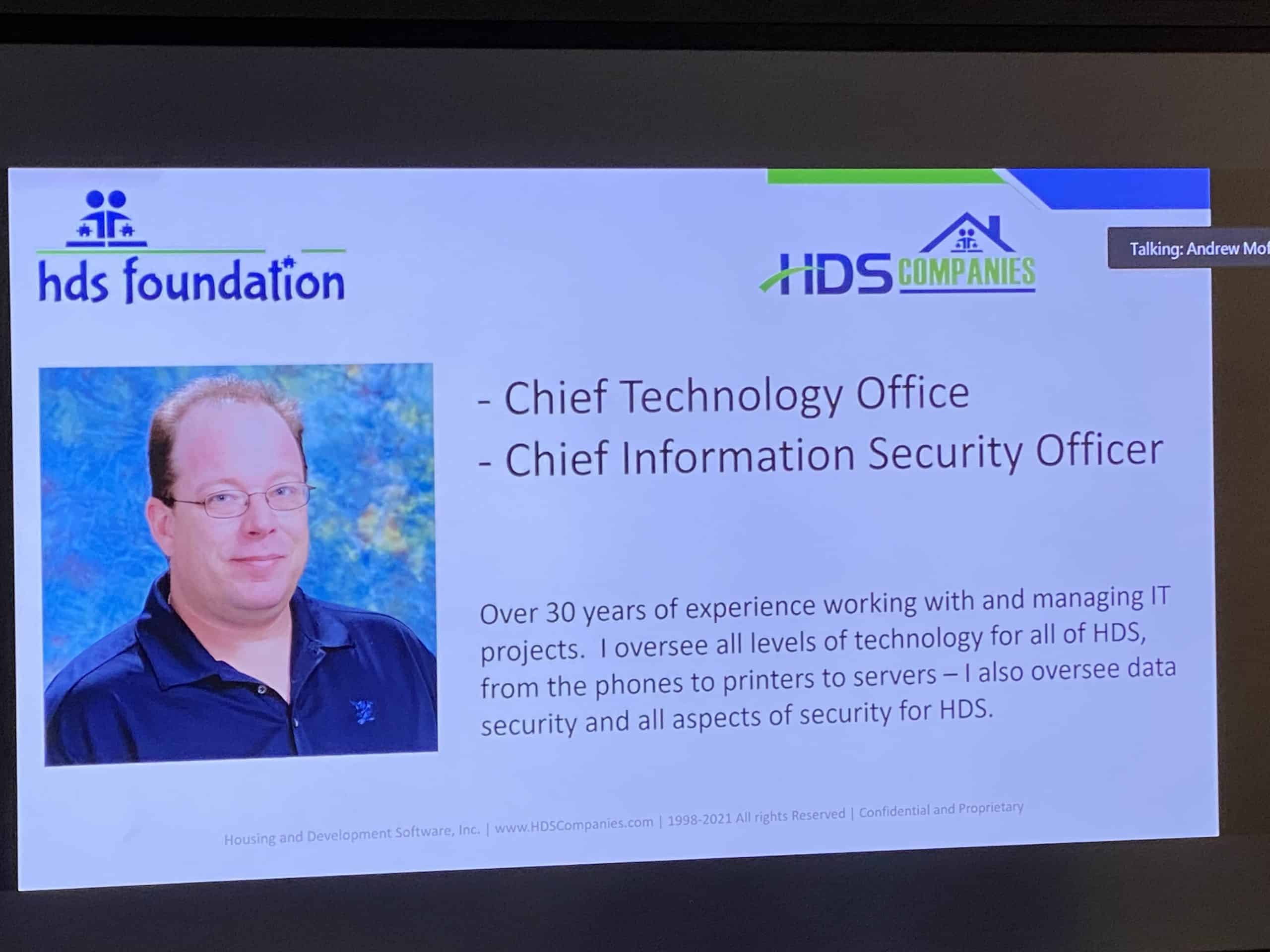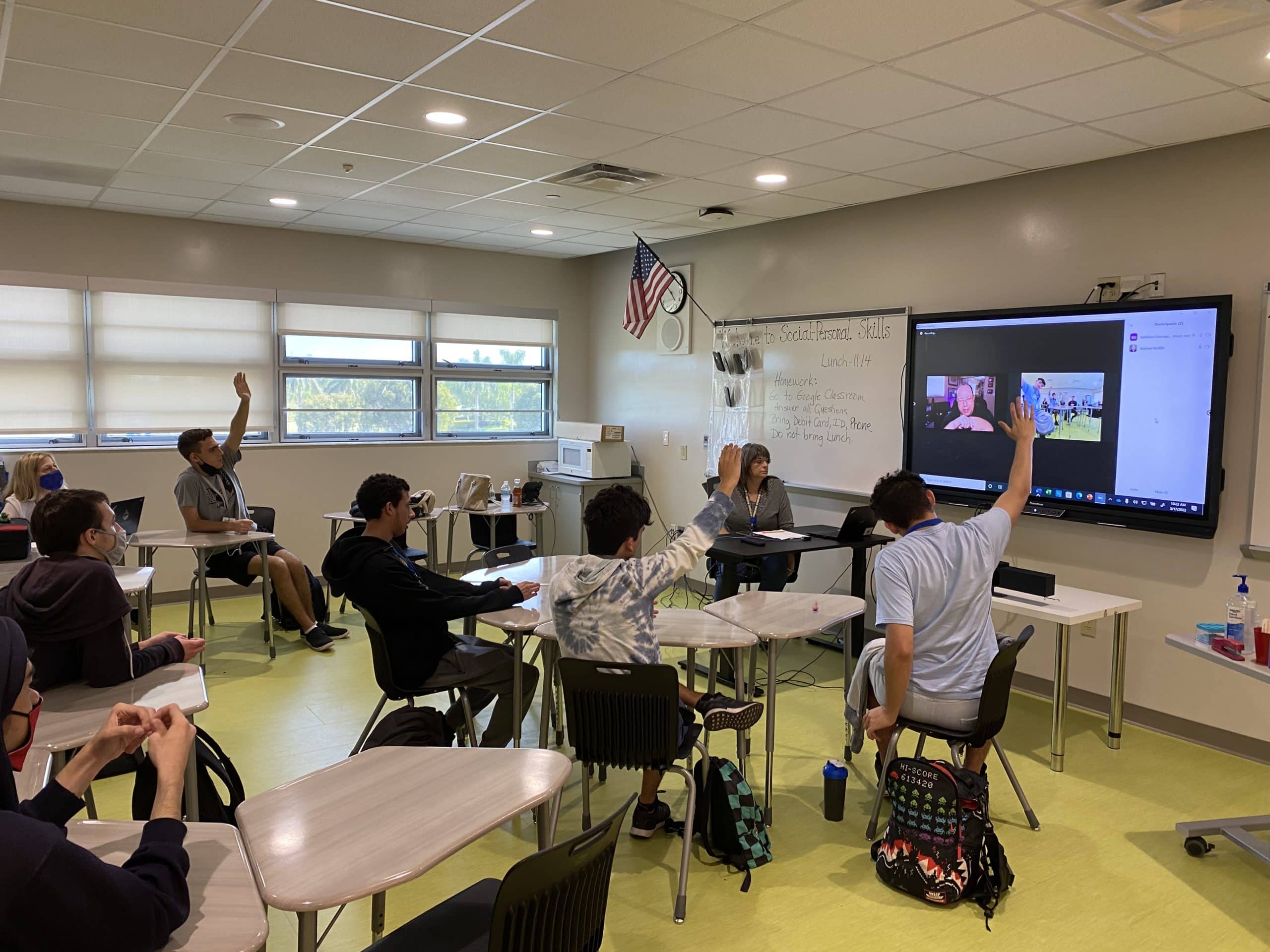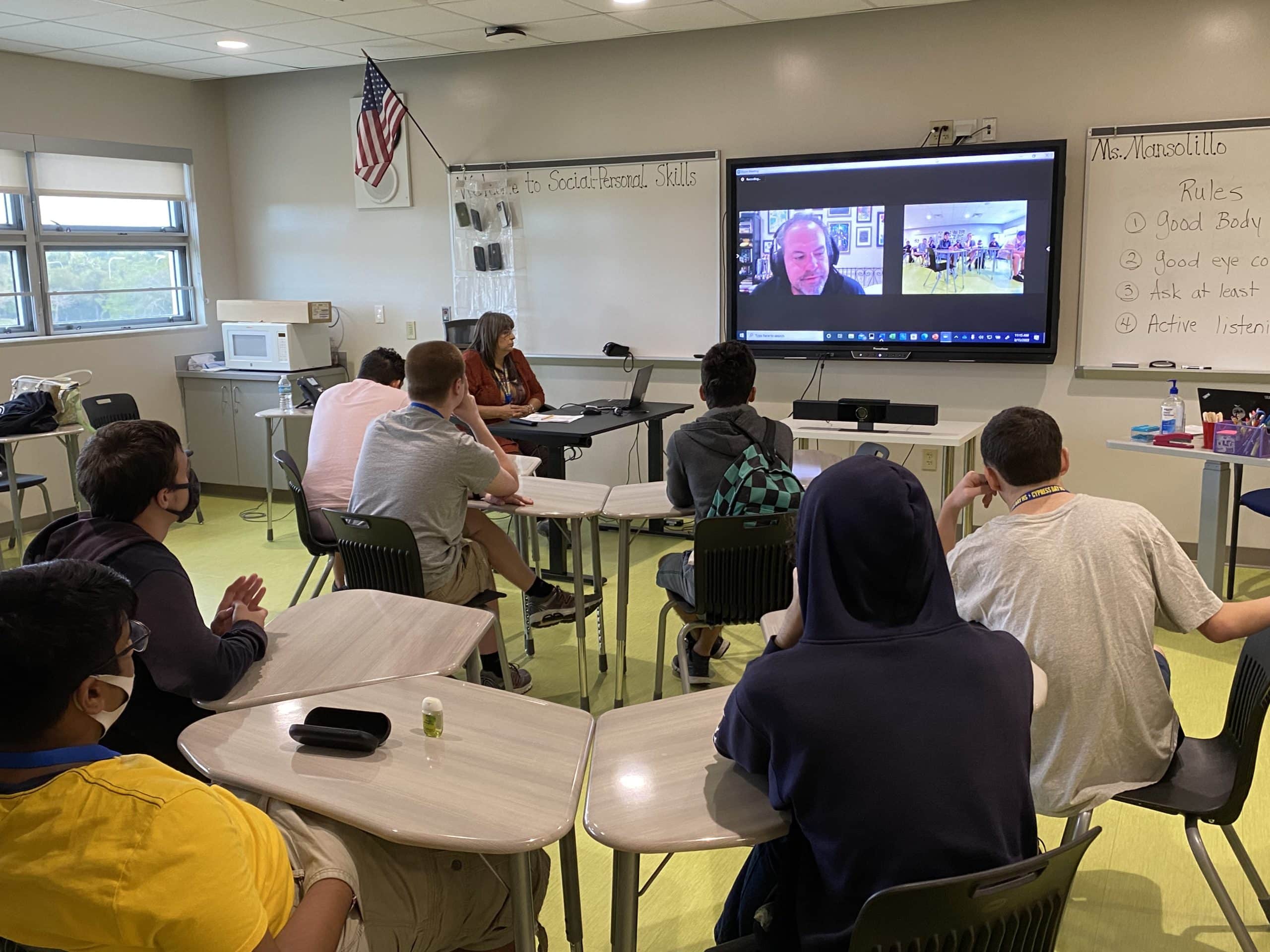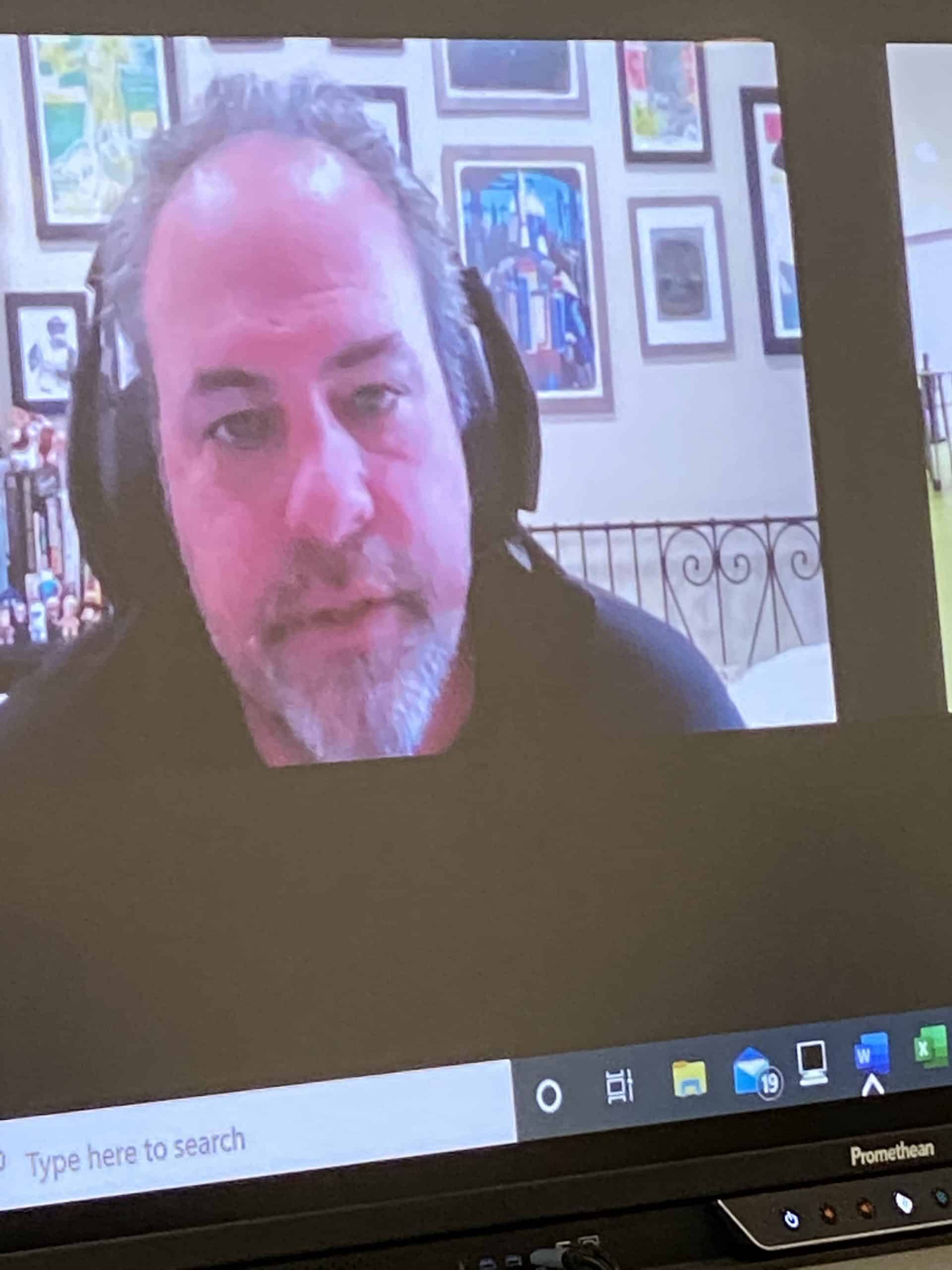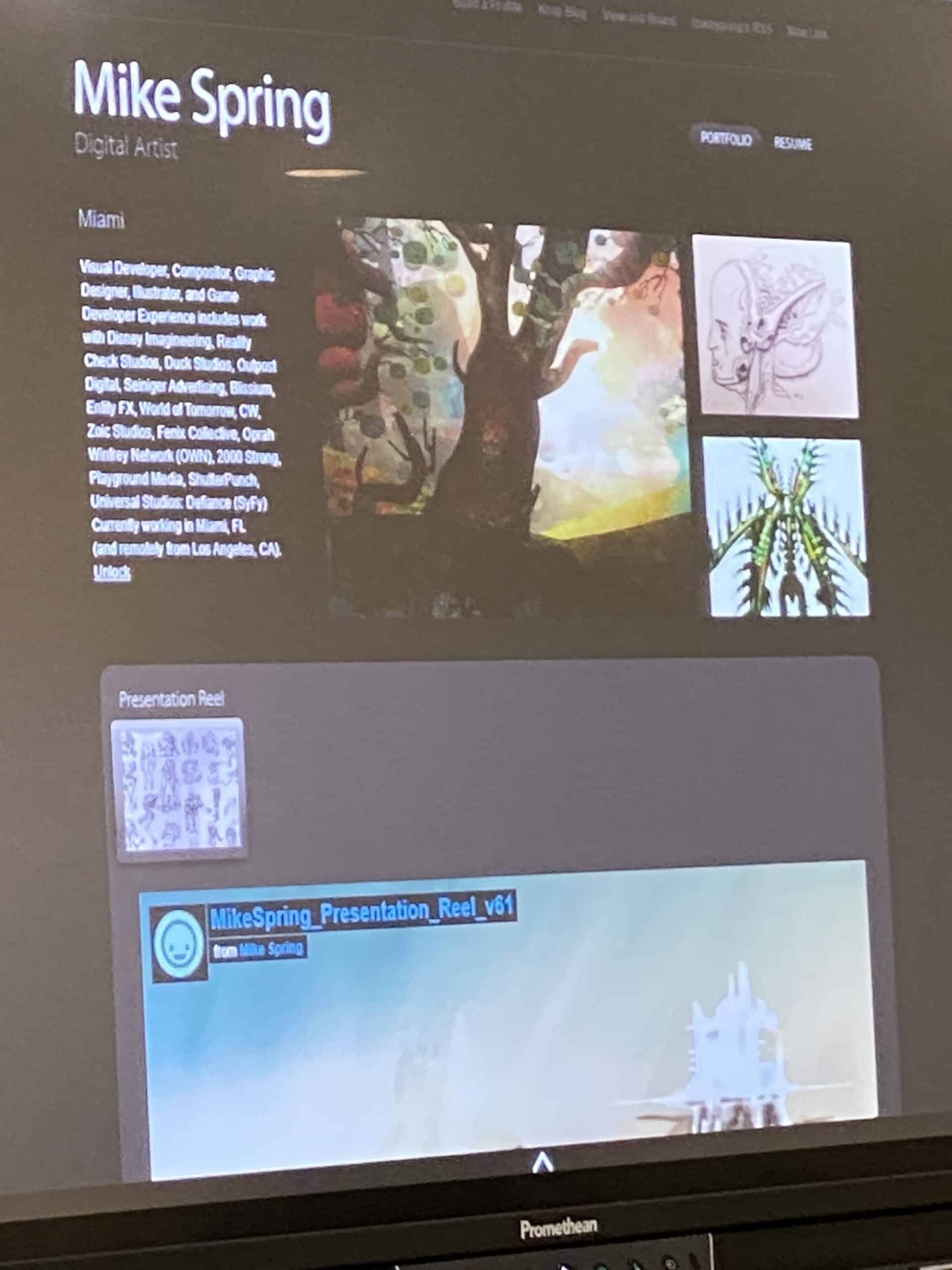
If You Don’t Ask for Boar’s Head, We Can’t Be Friends

This week, students in the B.R.I.D.G.E.S. class made their way to Publix to order a delicious pub sub for lunch! To prepare for this Community Based Instruction (CBI), students took time to look over the menu online, and decided on the many different choices of bread, meat, cheese, and toppings that could go on top of their sub. After looking at all their options, students wrote down what they wanted on an index card to bring with them when they placed their order.
Since the students had been to Publix several times on various CBIs, they knew right where they needed to go to order their subs! Each student had the opportunity to order what they wanted (as they brought their index card with them) and did a great job!
Everyone was looking forward to getting back to school to enjoy their delicious sub they had ordered on their own! We are so proud of the progress our B.R.I.D.G.E.S. students are making as they continue to practice their Independence, Growth, Empowerment and Social Skills during each of their CBIs!
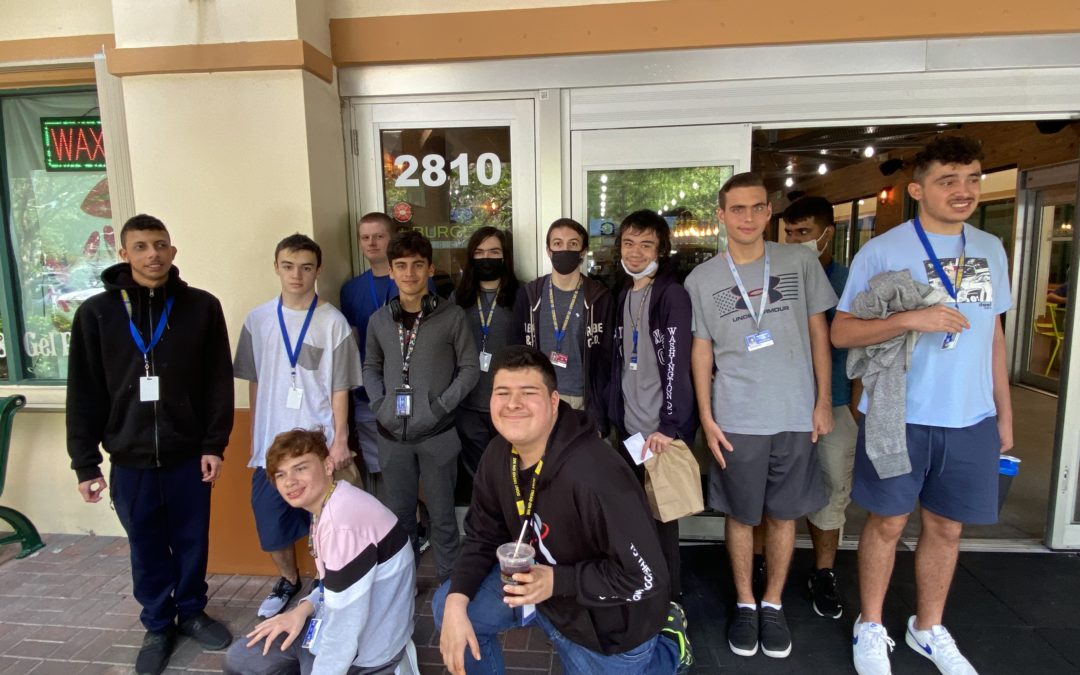
BurgerFi Community Based Instruction
“Redefining the Way the World Eats Burgers” proved to be true for the B.R.I.D.G.E.S. students when they headed to BurgerFi for the Community Based Instruction (CBI) activity.
When the students arrived, they were greeted by a server who made them all feel welcome as he took their orders. After each student ordered their meal and used their debit card to pay, they waited to receive their tray of food. Then they headed to find a table with their friends, to spend their lunch time socializing with one another. Conversations centered around how good the burgers were! Even though they were more expensive than other fast-food restaurants, the students agreed it was worth it!
Students also spoke about what they did during their Spring Break. Vincent shared about his week at Disney World, Nicholas shared what he did in Las Vegas with his family and many of the students shared that they enjoyed just staying home and catching up on sleep!
We are so proud of the B.R.I.D.G.E.S students as they continue each week heading out on their CBIs, and practicing their Budgeting, Resources, Independence, Development, Empowerment and Social Skills.
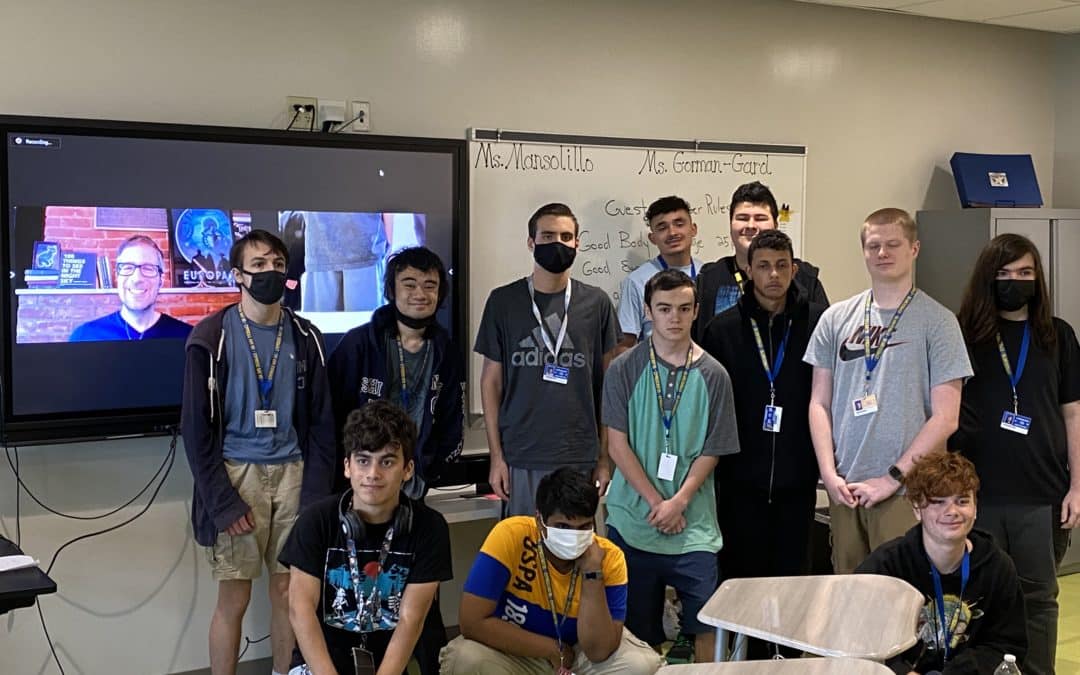
Career Day
As students in the B.R.I.D.G.E.S. program begin to prepare for graduation, facilitators Ms. Donna Mansolillo and Ms. Kathy Gorman-Gard wanted to invite guest speakers in various careers to come and share their career journey with their students. When the teachers reached out to HDS Foundation Program Manager, Liz Falk about their idea, Liz immediately began researching who she could find to come and speak to the students in person or via Zoom. Over the 6 weeks, students have had the opportunity to hear from a Music Composer, Digital Artist, Cybersecurity Officer, Microsoft Education Team and a Voice Actor, all career that the students are interested in pursuing once they graduate.
Each guest shared with the students their background and what led them to their current career. They also shared the necessary education that is needed for the career and a description of their job and responsibilities.
Students each asked the guest speakers a variety of questions from what the highlights of the job were, as well as the things they didn’t like. Even the teachers were interested and had a few questions of their own.
Special thanks to the following guest speakers for taking time out of their busy work schedules to share their knowledge with the B.R.I.D.G.E.S. students: Erica Gard (Music Composer), Mike Spring (Digital Artist), Cristina Molina (Voice Actor) and Microsoft Educational Team (Joey Laguardia, Ms. Juliana Gonzalez, Mr. Kenny Barrow and Ms. Lilia Fratini).
Stay tuned as our B.R.I.D.G.E.S. students will have the opportunity to meet with an Astronomer, Lego Employee and Marine Biologist (in training)!

Spring Gardening
 This week the students in the B.R.I.D.G.E.S. class visited Home Depot for a little Spring Gardening. Prior to the trip, students learned about the variety of plants you can buy and which plants are compatible with each other. For example, some plants need full sun, partial sun and bright light, while other plants need more water or less water.
This week the students in the B.R.I.D.G.E.S. class visited Home Depot for a little Spring Gardening. Prior to the trip, students learned about the variety of plants you can buy and which plants are compatible with each other. For example, some plants need full sun, partial sun and bright light, while other plants need more water or less water.
We also reviewed budgeting and adding tax. Students were given a budget of $20.00 to spend on a pot and minimum of 2 plants. Students had a great time choosing their pots and plants. Some students had to use their problem-solving skills when they realized the plants they chose would not fit in the pot.

Autism Awareness 2022

April is Autism Awareness Month and on April 2nd we celebrate World Autism Day. Autism is a developmental disability that can cause social, communication and behavioral challenges. This month we shine a light on the 1 in 59 people who are diagnosed with Autism Spectrum Disorder.
Today the HDS Companies Team will come together to bring awareness and shine a light on individuals with Autism Spectrum Disorder (ASD). Our staff will be part of our “Light it Up Blue” event by participating in a Company Zoom call, wearing blue and holding a puzzle piece to show their support for those individuals with ASD.
Awareness and acceptance are critical in helping individuals with ASD thrive and have a better quality of life and integration into the community. Bringing awareness about autism helps to educate everyone in the community, as well as advocating for their rights, which in turn supports those individuals with autism and their families.
Join us as we embrace and support the unique and special abilities in the ASD Community during the month of April and every day! To learn more about the work we do, follow us at HDS Foundation and hdsfoundation.org.
No Results Found
The page you requested could not be found. Try refining your search, or use the navigation above to locate the post.

